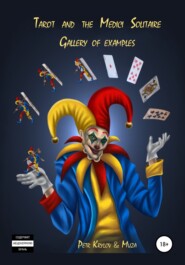
Полная версия:
Tarot and Medici Solitaire. Gallery of examples

Petr Krylov
Tarot and Medici Solitaire. Gallery of examples
Introduction
.
After completing the book ‘Tarot and Medici Solitaire: A Self-Study Guide to Stalking’ in July 2021, an urgent need emerged for a comprehensive library of images for each of the Minor Arcana Tarot cards.
Furthermore, according to the Law of Stalking and the core principles of its practical use, it became necessary to accompany every card with an extensive array of real-world examples of its presence.
Since there are 64 cards in the fully developed deck, the total number of example tuning forks approaches one thousand.1
At the same time, the technical capabilities of publishing platforms impose their own requirements and limitations.2
Therefore, it was decided to limit the number of images for each card to eight.
Publishers’ requirements for copyright compliance compel the author to use only images from resources with a free license, such as 3CC0.4
Therefore, the author is obliged to select photos and illustrations for the correspondence examples from sources offering such a license.
For example, Pixabay5. For this, the author extends sincere gratitude to this and similar resources, and to their creators.
Such resources operate on a patronage basis, and the photographs they provide do not always meet the necessary requirements for variety.
Therefore, the gallery of examples corresponding to the Minor Arcana cards in this book is neither ideal nor exhaustive.
Rather, it may be regarded as a kind of sketch, offering a general sense of the subject at hand.
Nevertheless, the author hopes that this gallery of examples will prove useful to practitioners of Tarot.
Including those engaged in Stalking by way of the Medici Solitaire.6
As before, the author’s Muse serves as a unique co-author in this book. Though her physical form remains unknown to the author, simple decency demands a tribute be paid to her participation. Without her unseen inspiration, guidance, hints, and occasional criticism, neither this book nor the author’s previous works would exist at all.
For this, she deserves a plus to her Karma, heartfelt appreciation for the value of her contribution, and profound gratitude.
For those discovering the world of Tarot cards for the first time, the author recommends first acquainting themselves with the following books:
1)
Boris Monosov – “The Magical Russian Tarot”
2)
Avessalom Podvodny – “The Kabbalah of Numbers”
.
Attention!
Due to the distinctive features of Stalking as practiced in the Medici Solitaire, the author primarily considers and provides examples of 'upright' and 'neutral' interpretations of the cards.
Reversed interpretations of the cards, in this book, are occasionally considered when necessary.
.
Gallery of Examples
.
Section 1 – Denarii or Diamonds.
.
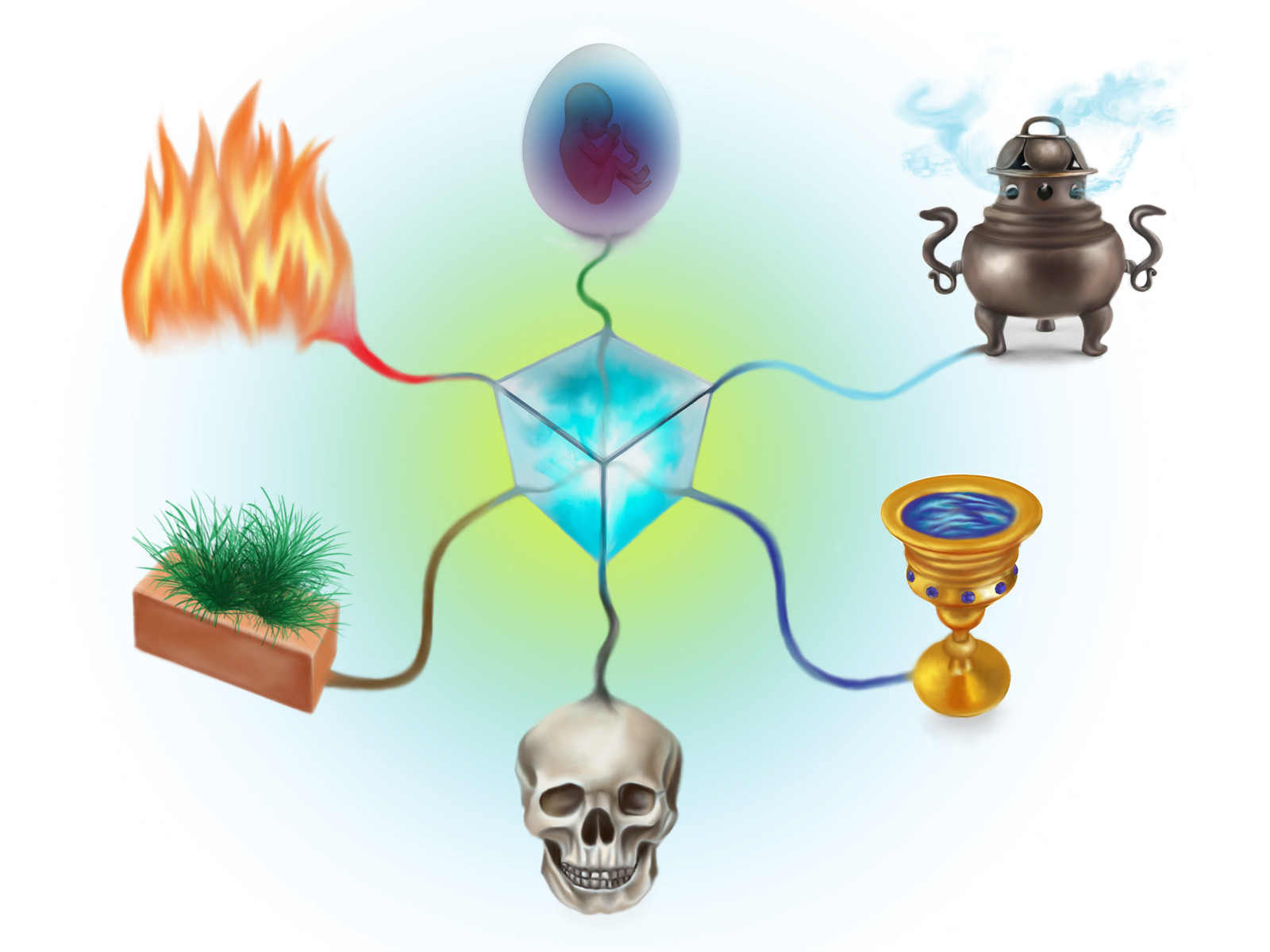
Fig. ‘Cube of the Elements’7
.
In the classic Tarot deck, the cards of the earth element are designated as Denarii, Pentacles, or Coins.
.
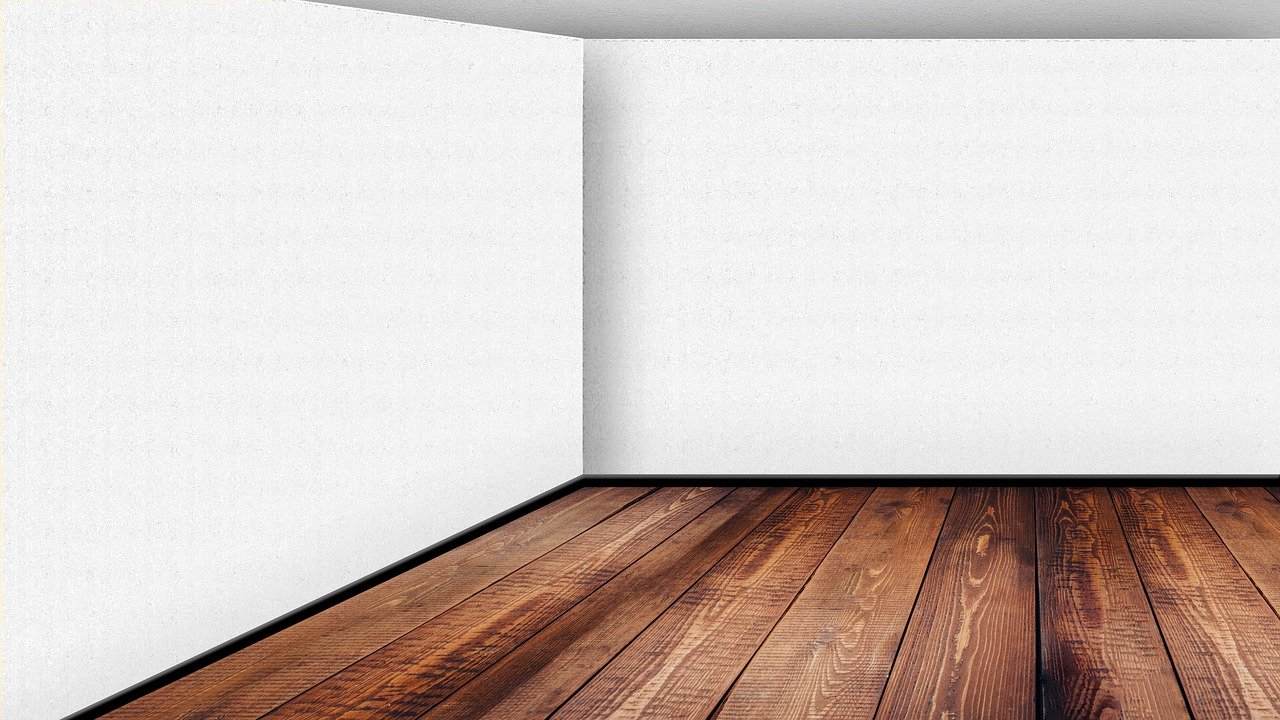
Fig. The suit of Denarii in the Tarot deck.8
.
In the modern playing card deck, the earth element is represented by diamonds.

Fig. The suit of diamonds in a standard playing card deck.9
.
The earth element, in Tarot symbolism, is associated with the strictly material or financial aspects of Being and the processes within it.
The energetic undercurrents of processes and events at the level of the Muladhara Chakra.10
.
From this point forward, the cards will be named using Tarot terminology.
Yet their correspondence with the suits of the modern playing card deck will also be noted.
.
Zero of Pentacles
.
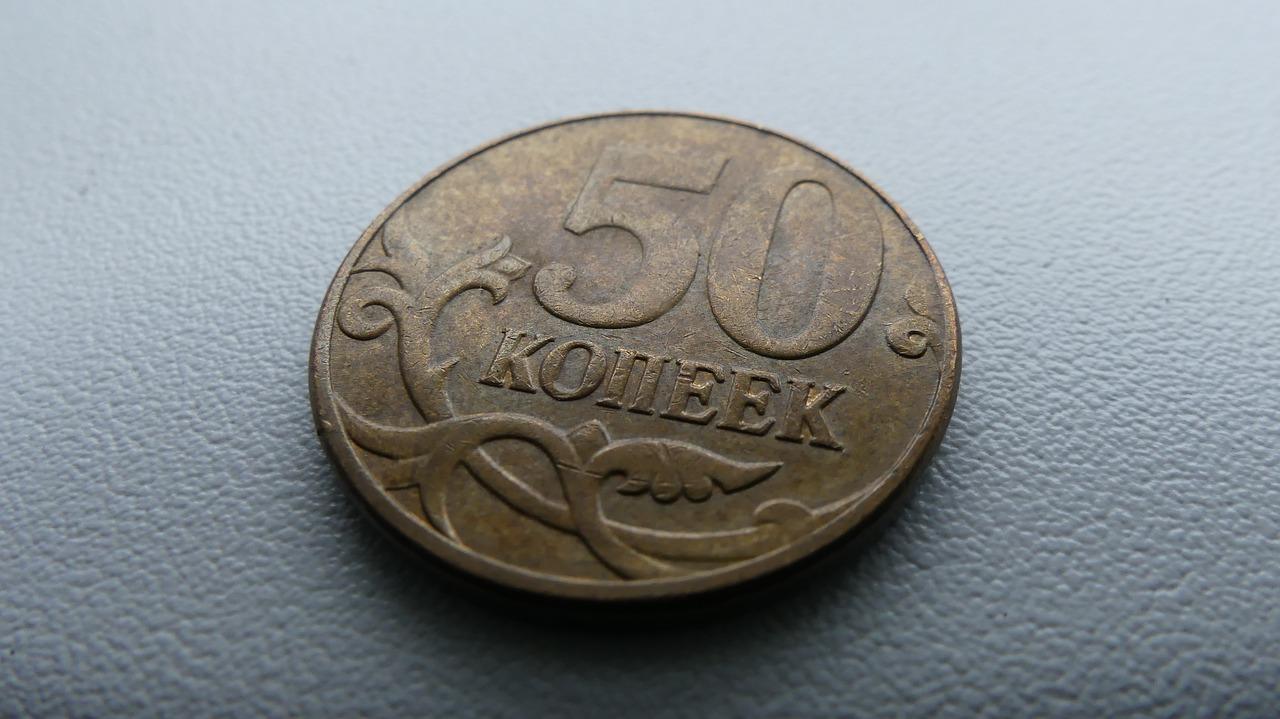
.
Citizen N. Has never made an impulsive purchase in his life.
For the simple reason that he has never possessed impulsive money.
.
Zero in Kabbalah represents a hidden, dormant potential, or something minuscule and insignificant.1112
Thus, the Zero of Pentacles embodies the dormant potential of Matters, of Finance. Either something trivial in Matters or Finance.
For example, it may symbolize a tiny grain of sand or a coin.
.
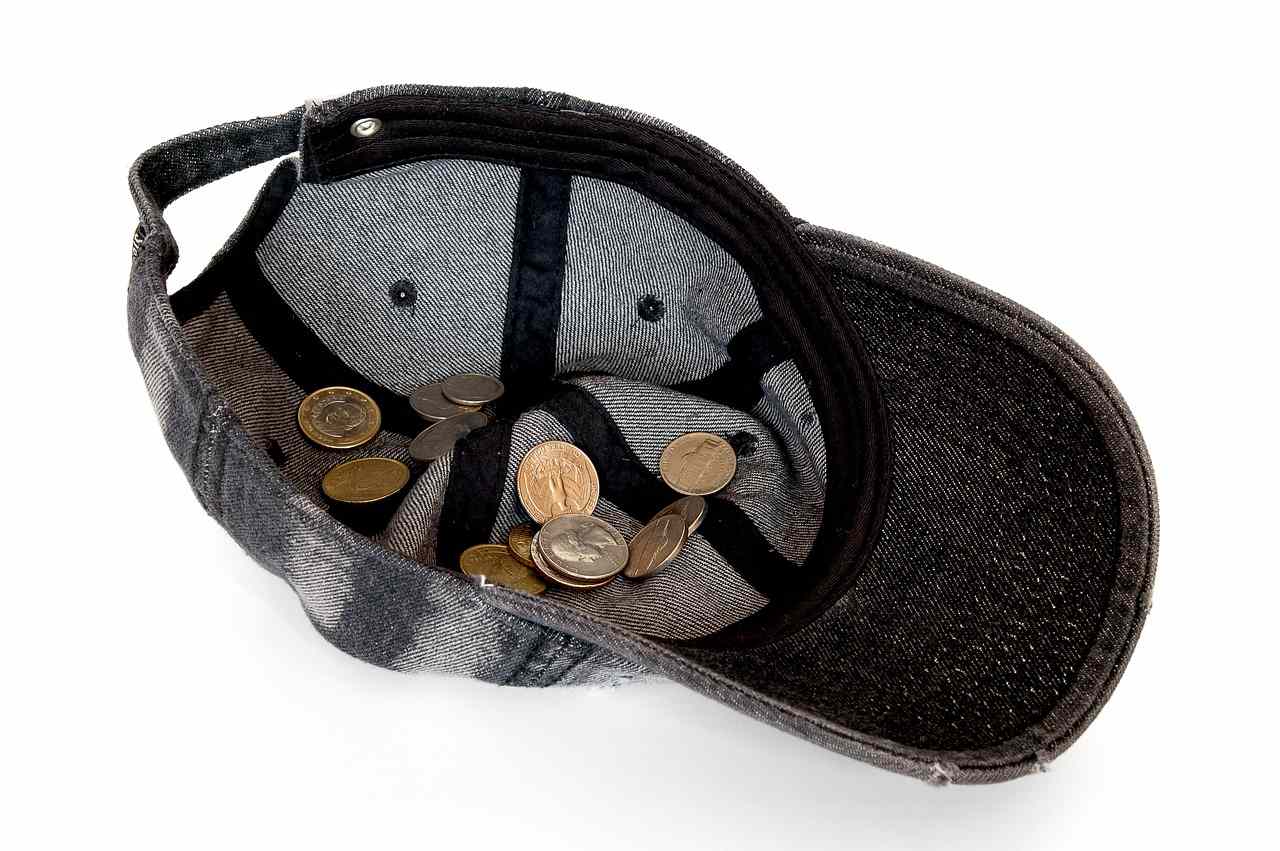
Fig. 1.0.1 Zero of Pentacles – an empty room.1314
.
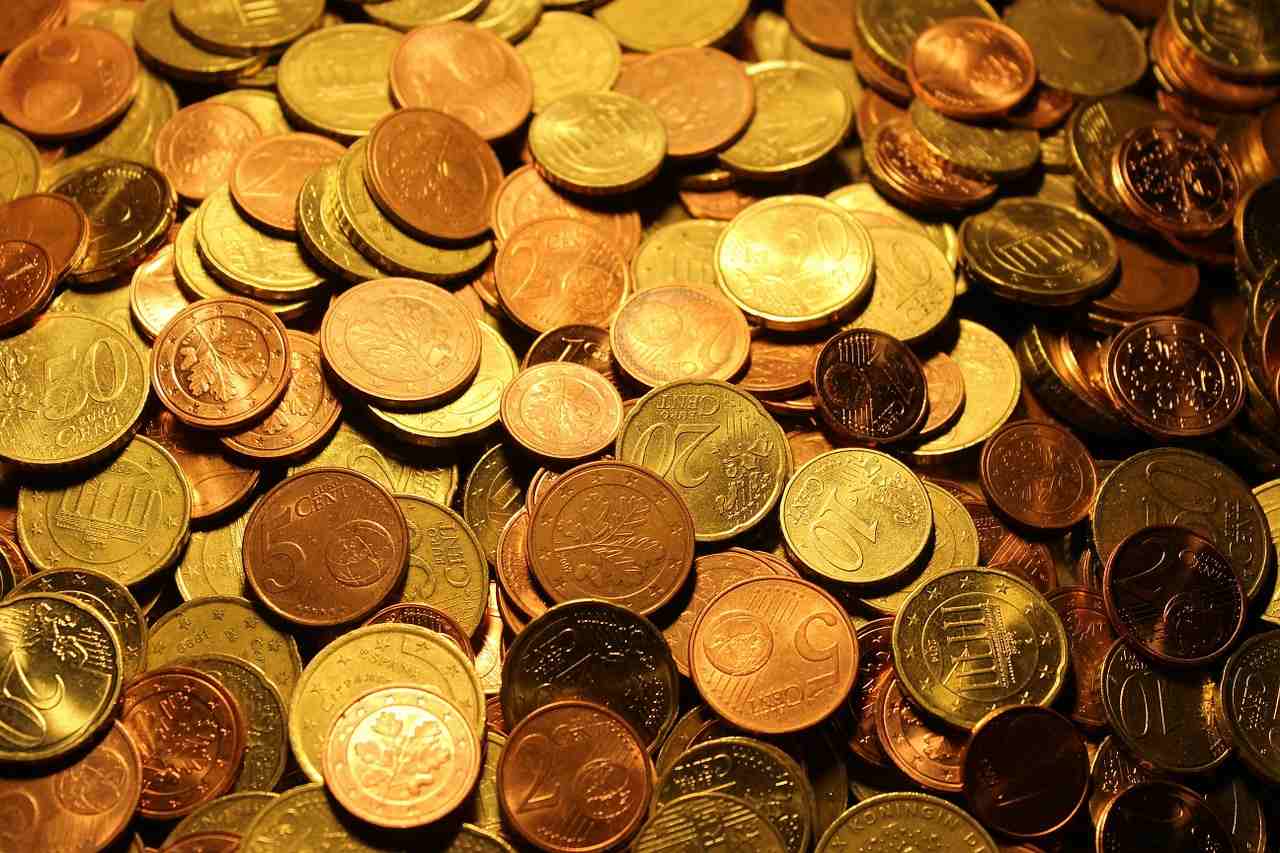
Fig. 1.0.2 Zero of Pentacles – an empty wallet.15
.
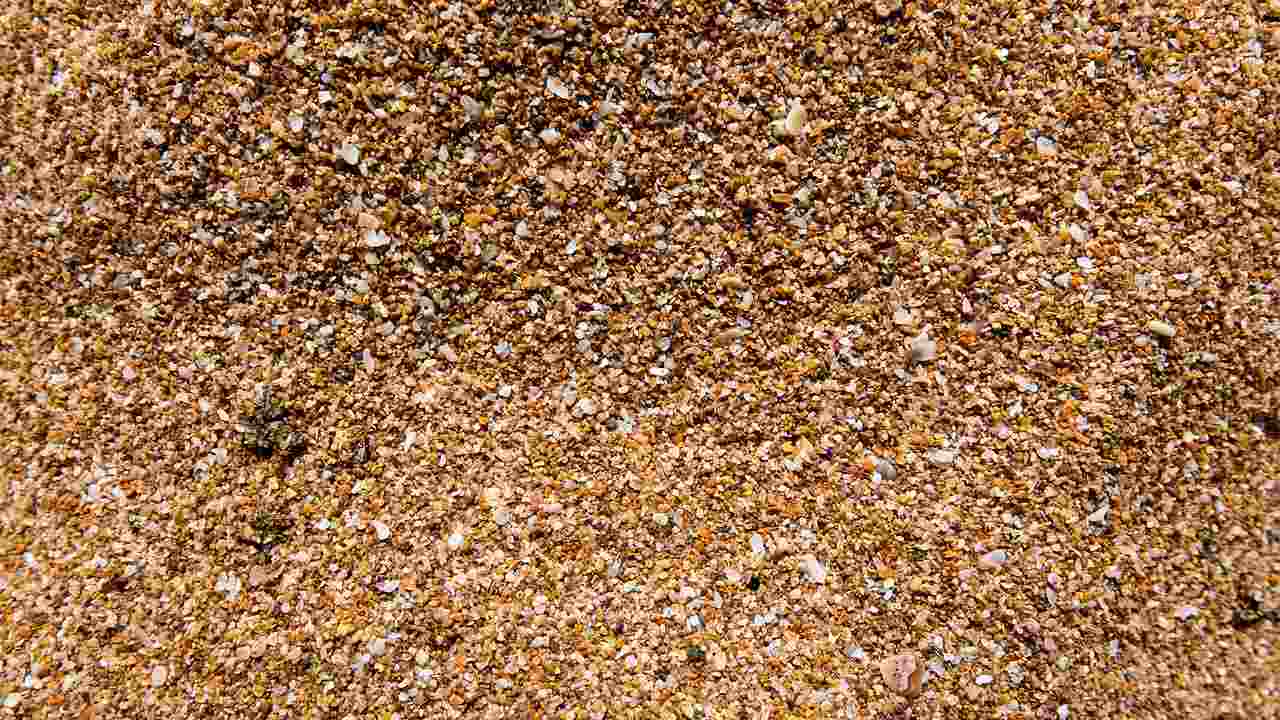
Fig. 1.0.3 Zero of Pentacles – a small coin. A sum of money possessing negligible value in the eyes of the observer.16
.
Attention!
When considering whether a sum is negligible, one should take into account the subjectivity of the observer's perception.
For some, even a thousand dollars is an amount unworthy of any attention, devoid of any practical significance.
In truth, it is nothing but an empty space.
Yet for others, it is the ceiling of their dreams, a sum that would solve every problem.
Thus, the Zero of Pentacles may denote an entirely different denomination in real life, depending on a person’s ‘caliber’.
.

Fig. 1.0.4 Zero of Pentacles – small change in an empty cap.17
.
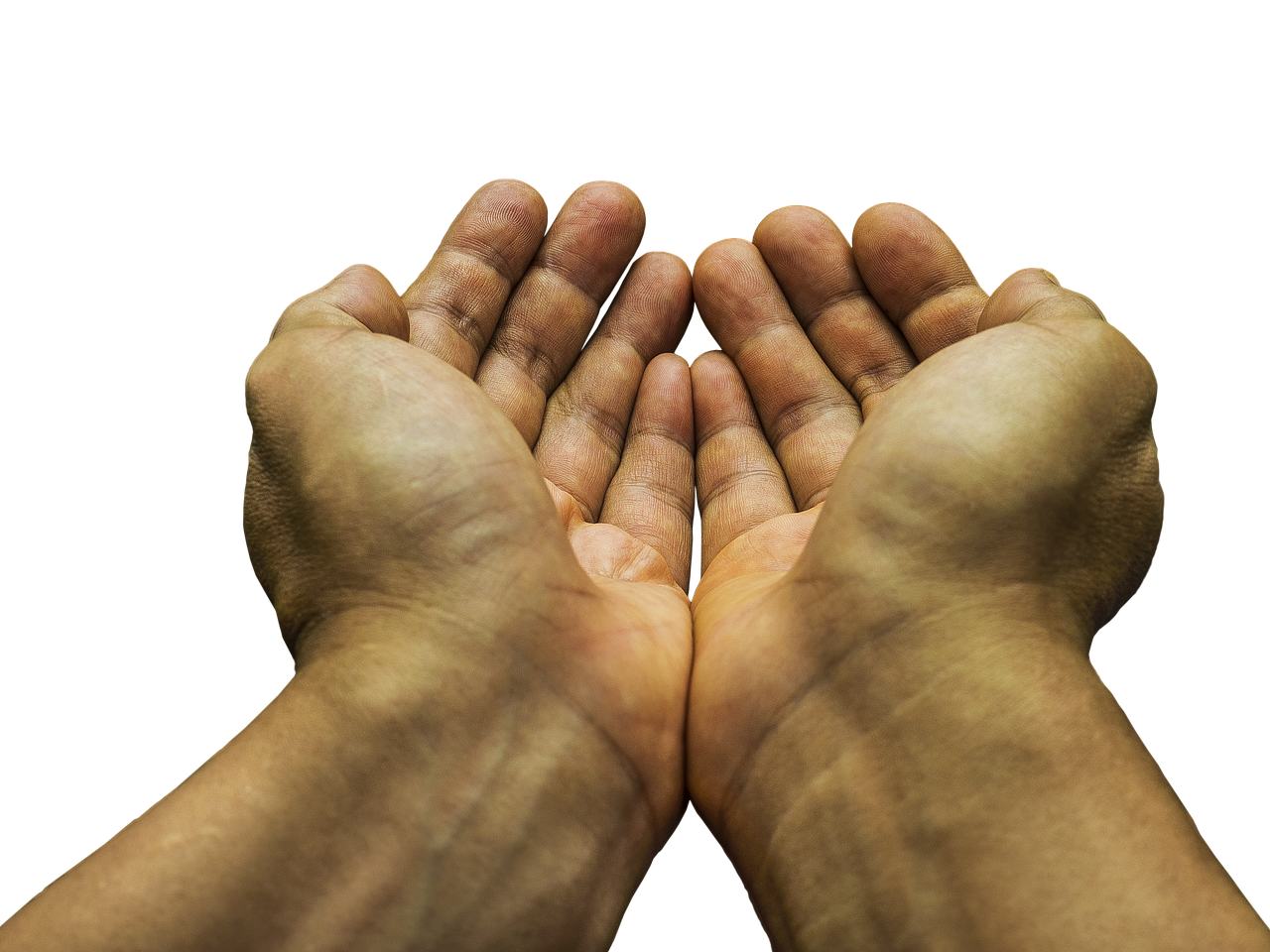
Fig. 1.0.5 Zero of Pentacles – small money—coins.18
.
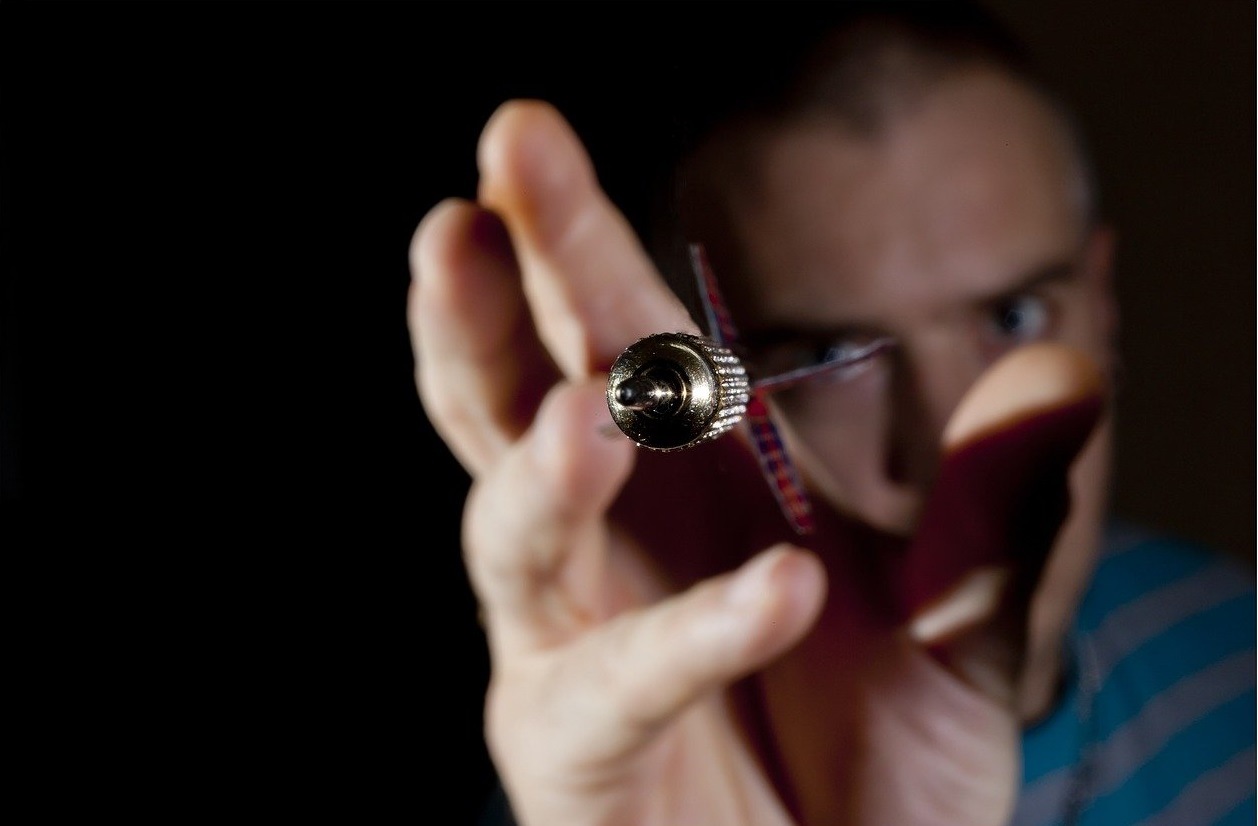
Fig. 1.0.6 Zero of Pentacles – fine sand.19
.
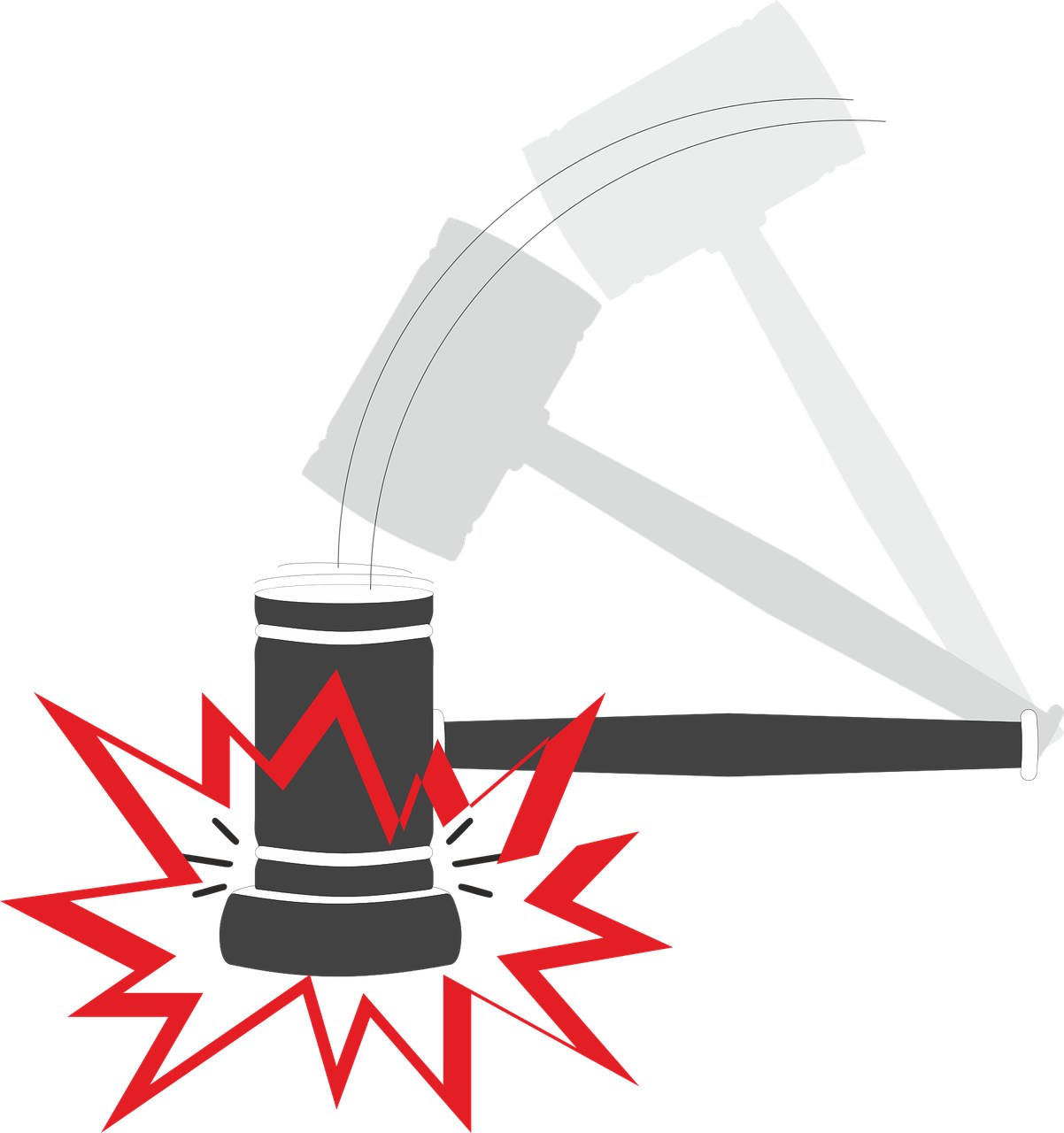
Fig. 1.0.7 Zero of Pentacles—tiny grains of sand in an empty hand.20
.
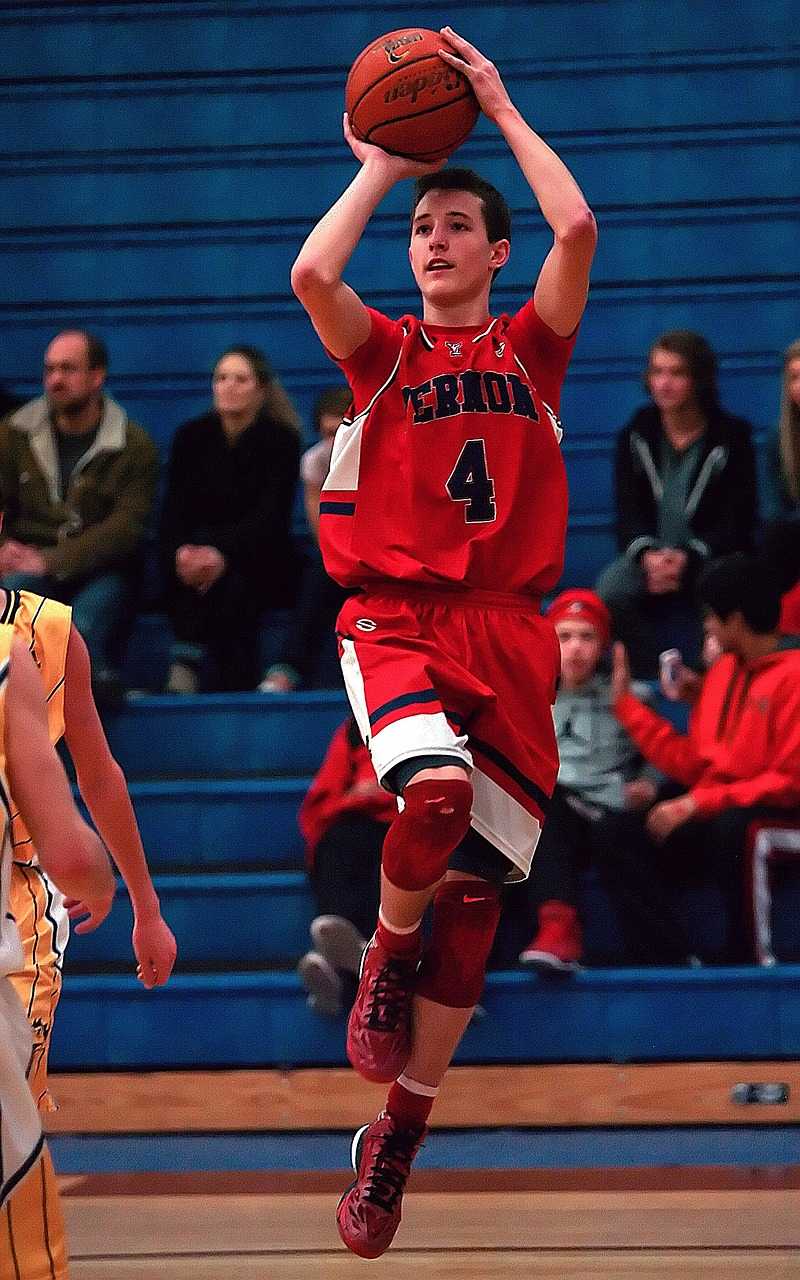
Fig. 1.0.8 Zero of Pentacles—a pauper. No money.21
.
What sets the Zero of Pentacles apart is the absence of any material manifestation of the Earth element (or its second harmonic—the aspect of Finance).
.
Ace of Pentacles
.

.
After the operation, the surgeon asks the patient, 'How are you feeling?' 'I feel better now, but at first it felt as though I’d been struck on the head with a log.' – Alas, so it is. When you were brought in for surgery, we had run out of anesthesia.
.
The Ace, in Kabbalah, is impulse, impetus, impact, or increase.
Thus, the Ace of Denarii signifies an impulse, impetus, impact, or increase of Matters or Finance.
For example, it might symbolize the act of throwing an object, or a small, one-time gain.
.

Fig. 1.1.1 The Ace of Denarii – impulse, impetus of Matter. Throwing a dart.22
.
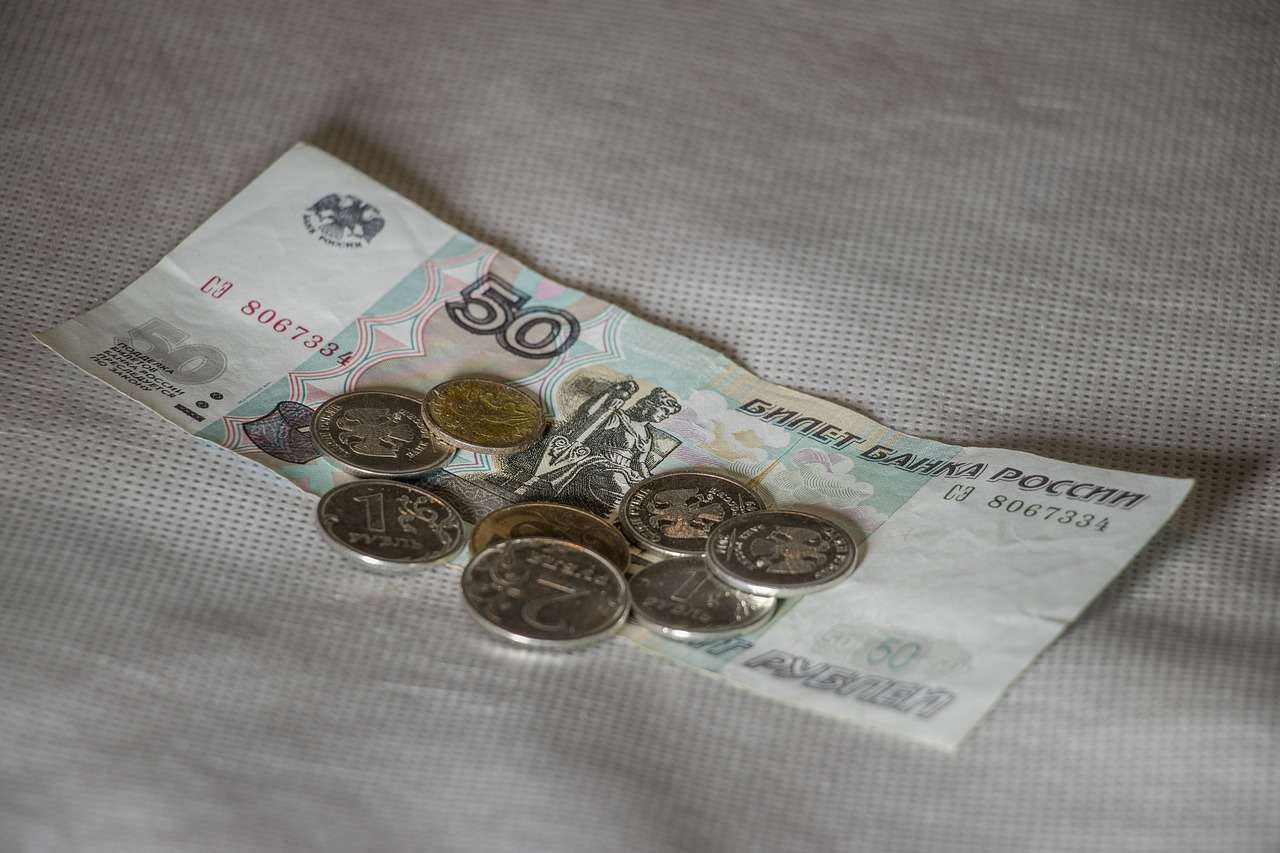
Fig. 1.1.2 Ace of Pentacles – the strike of Matter. Hammer blow.
.
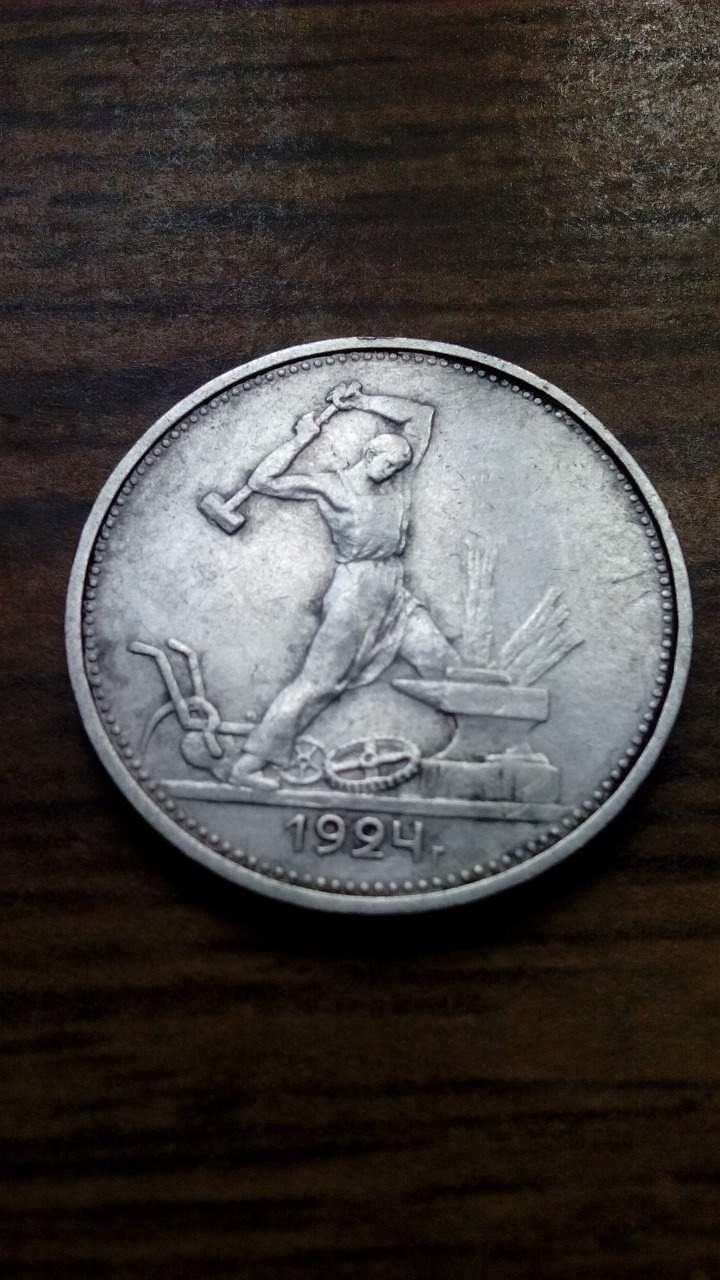
Fig. 1.1.3 Ace of Pentacles – a basketball throw by an athlete.23
.

Fig. 1.1.4 Ace of Pentacles – impulse, the thrust of Matter. CrossFit. An athlete pushes a truck tire.24
.
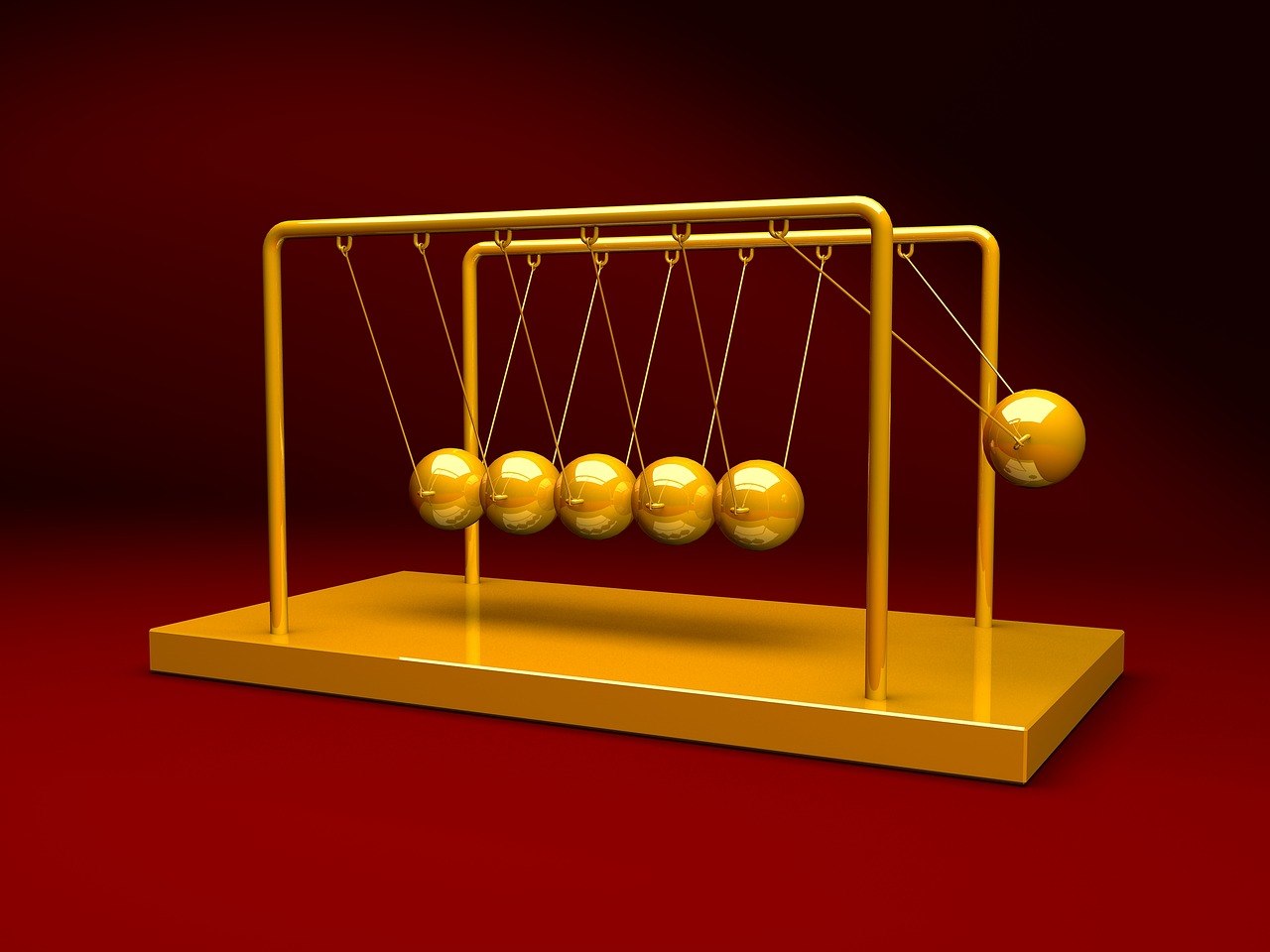
Fig. 1.1.5 Ace of Pentacles – impulse, strike upon Matter. A footballer kicks the ball. 25
.
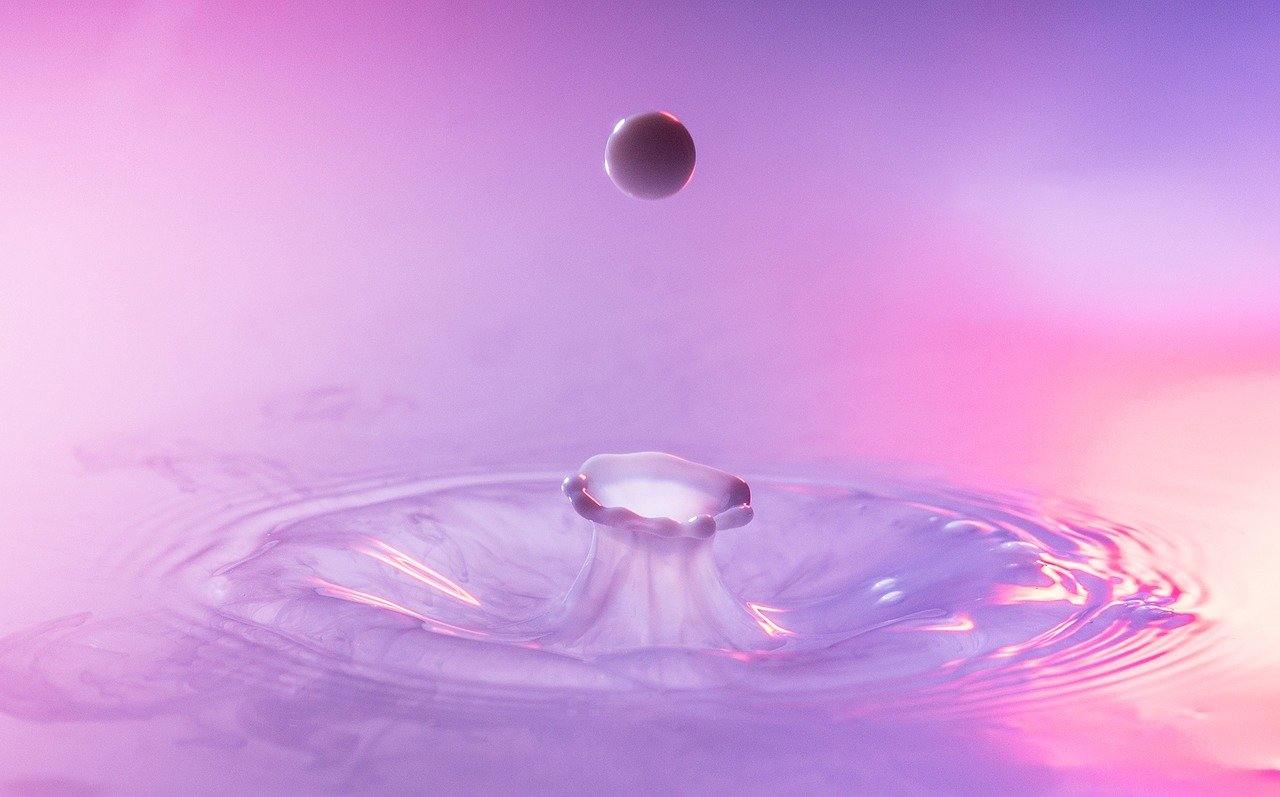
Fig. 1.1.6 Ace of Pentacles – impulse, the thrust of Finance. A one-time, short-lived profit.26
.
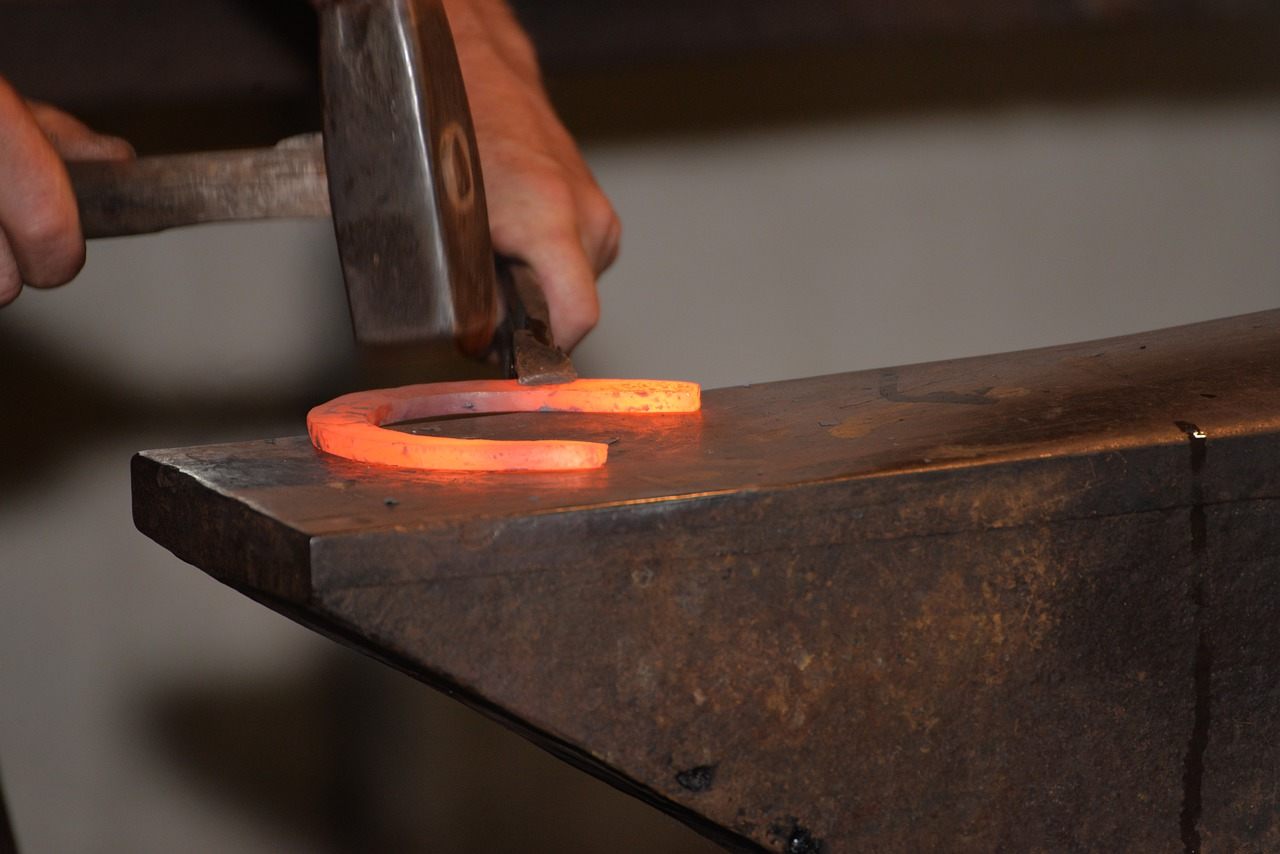
Figure 1.1.7 The Ace of Denarii – an image of the strike of Matters in Finance. The image of a hammer landing upon a silver coin.27
.
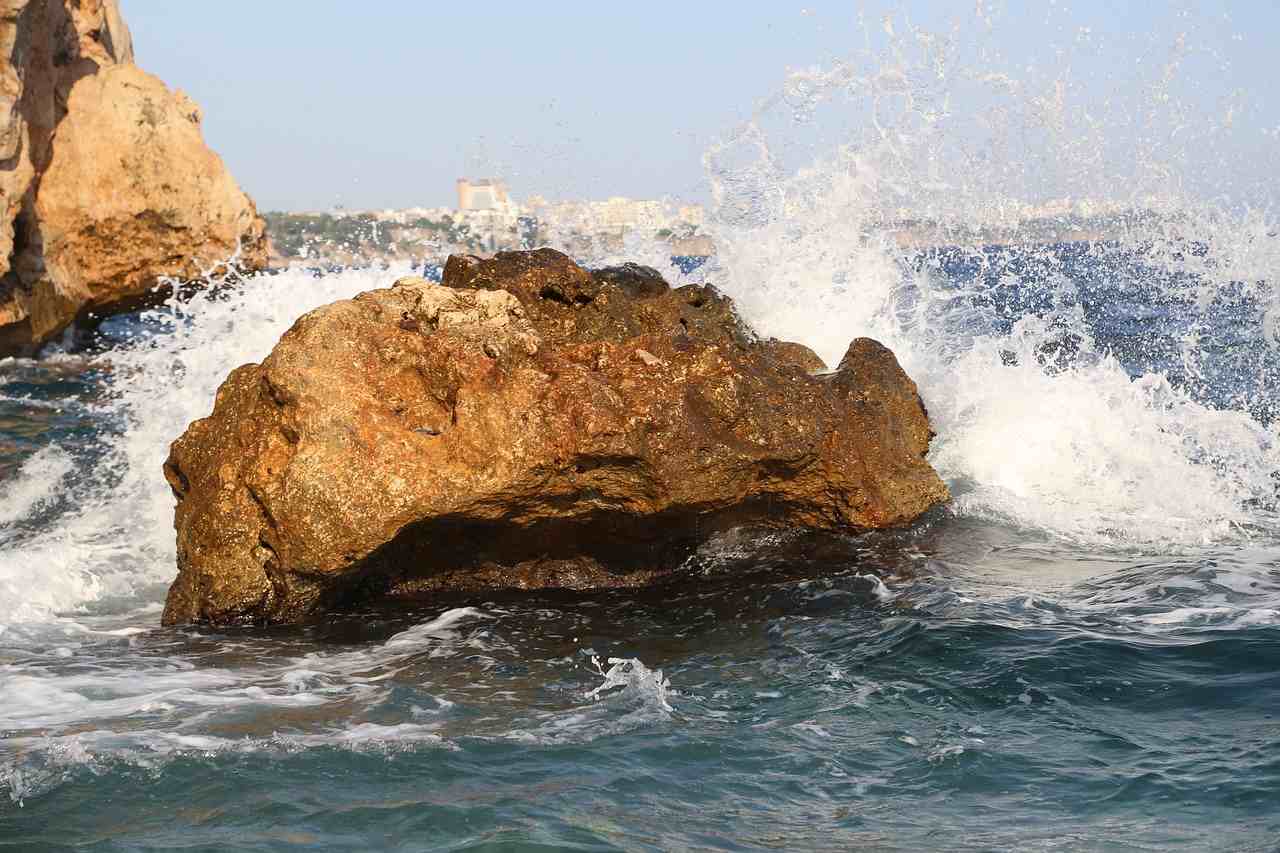
Figure 1.1.8 The Ace of Denarii – a growth of Matters. A mason sets a brick into a brick wall.
.
One hallmark of the Ace is its immediate striving to become the Two – interaction.
Thus, the boundary between the Ace and the Two is rather fluid.
And it is determined, above all, by the boundaries of time and the angle from which it is considered.
Usually, attention is focused before the process shifts from ‘the One’ to ‘the Two’.
.
Two of Pentacles
.
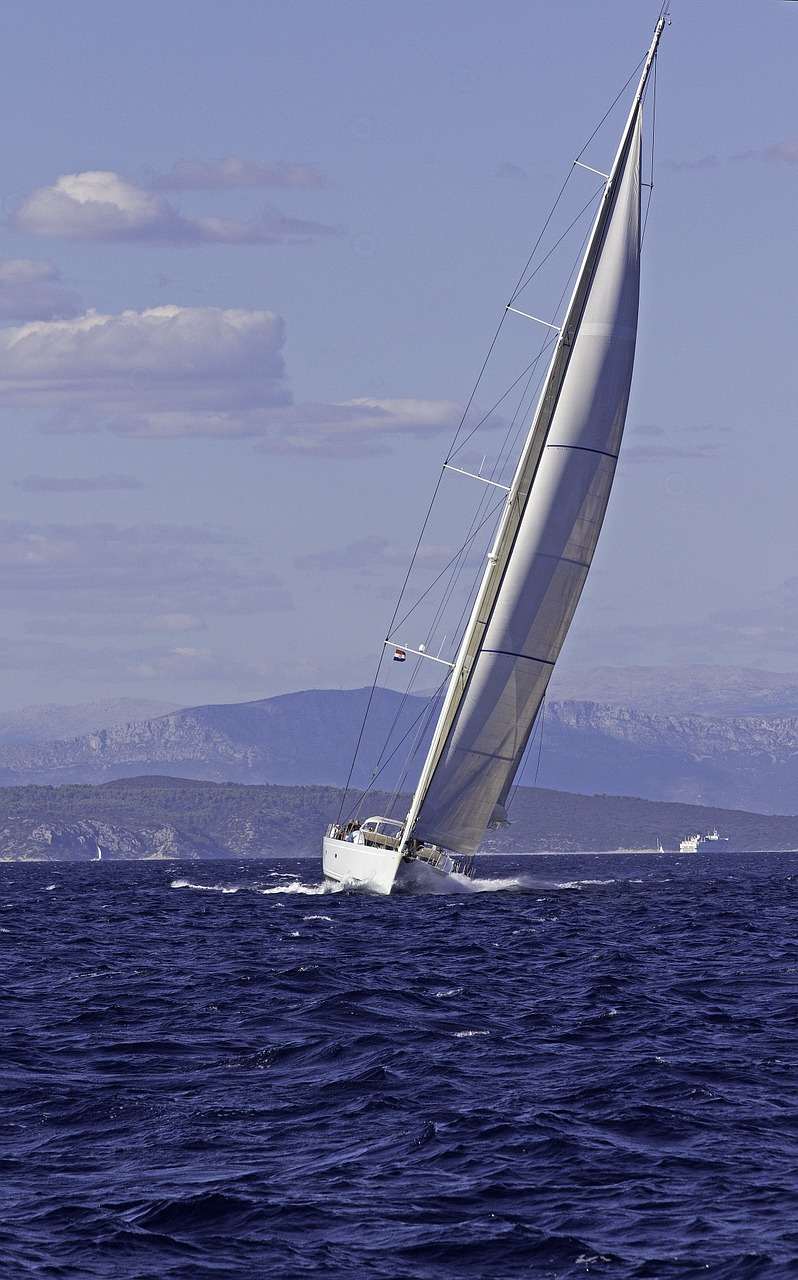
.
From the traffic police report.
An accident occurred: a Zaporozhets scratched a Mercedes with its opening door, as the Mercedes was stopped beside it at the intersection. The driver succumbed to the injuries sustained…
.
The Two, in the Kabbalah, is interaction.
Thus, the Two of Denarii is interaction in Matters or Finances.
For instance, it might symbolize the collision of material objects, or the change received during a payment.
A distinctive feature of the Two is that the directions of the reaction are usually opposite.
.
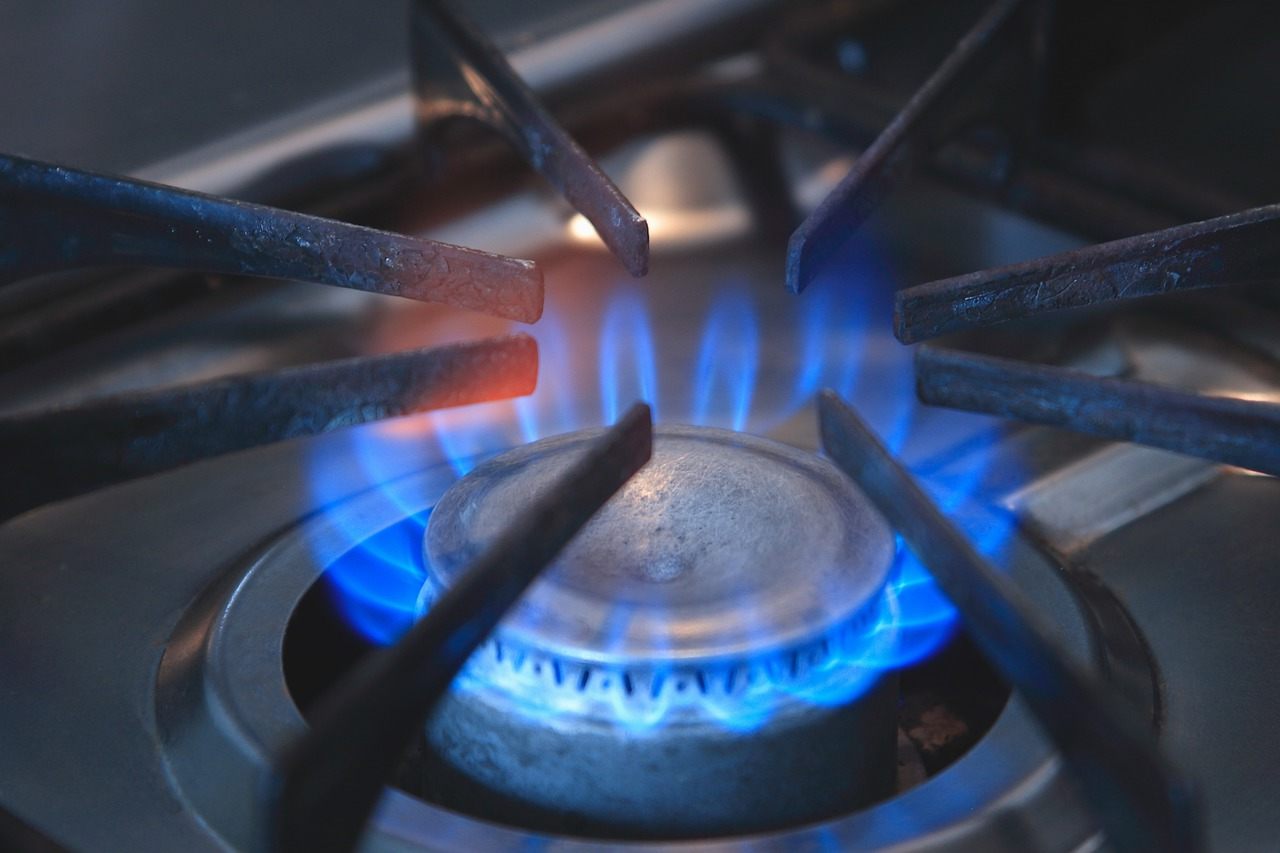
Figure 1.2.1 Two of Denarii. Collision of spheres.28
.
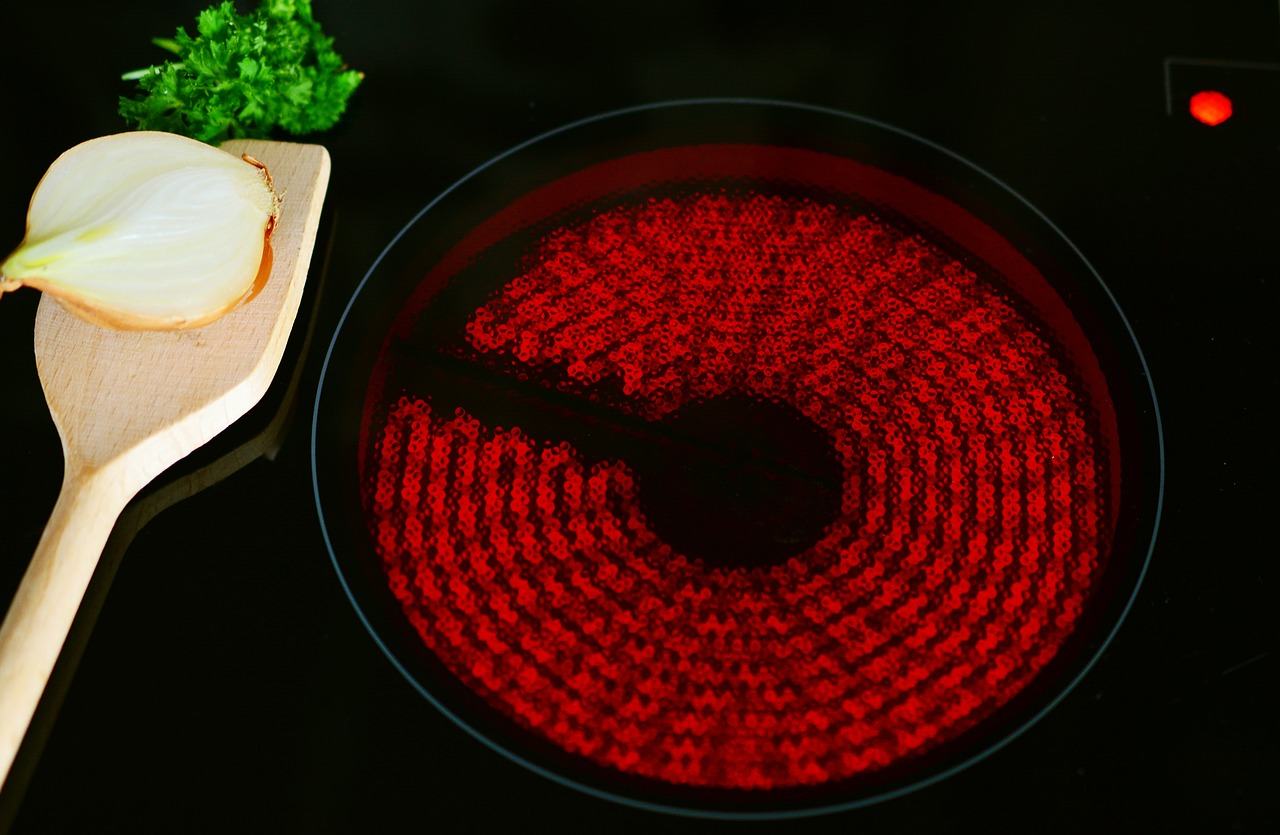
Figure 1.2.2 Two of Denarii. A drop of water has fallen onto the surface and bounced away.29
.
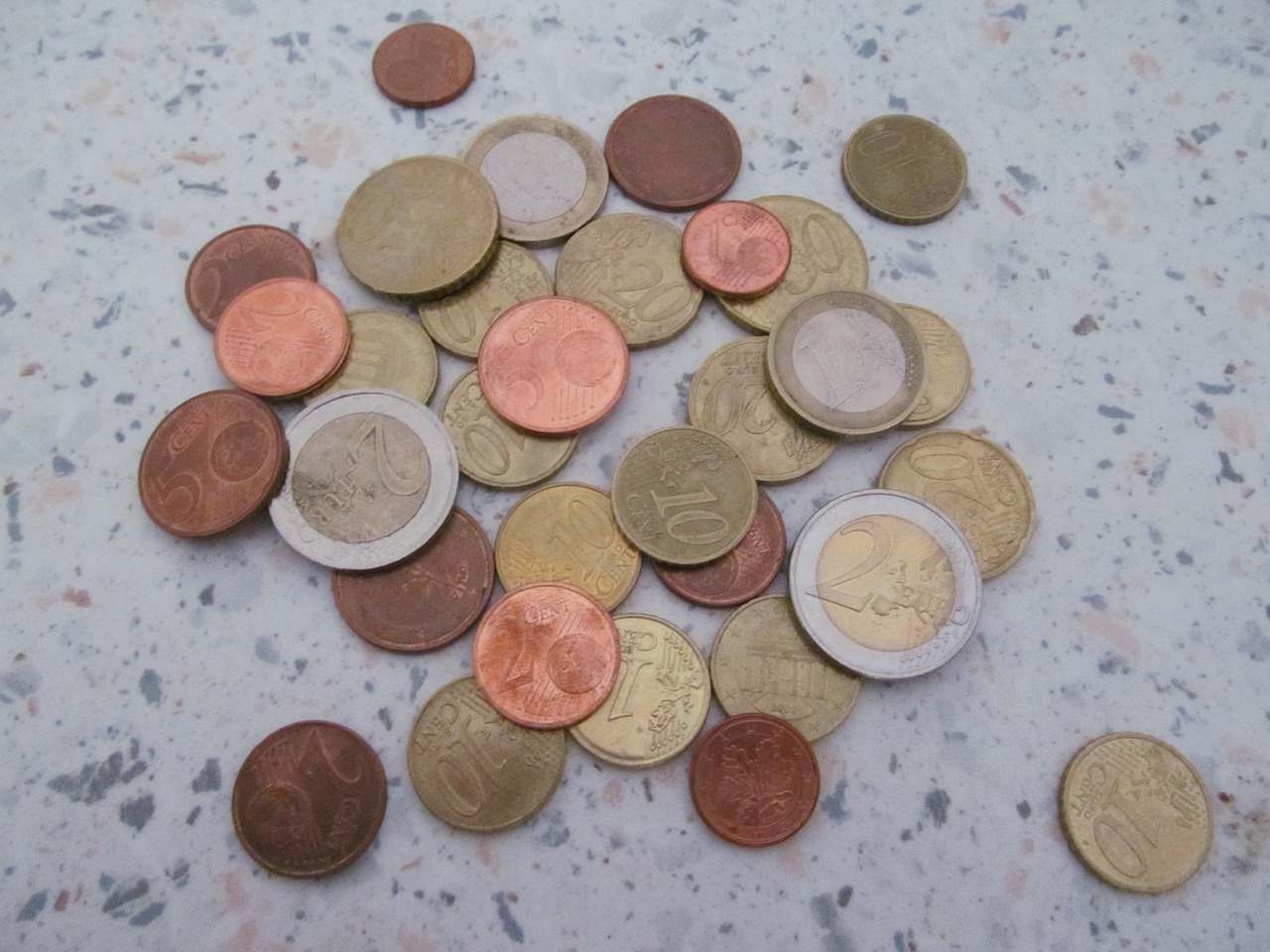
Figure 1.2.3 Two of Denarii. The blacksmith forges a horseshoe. The collision of hammer and horseshoe.30
.
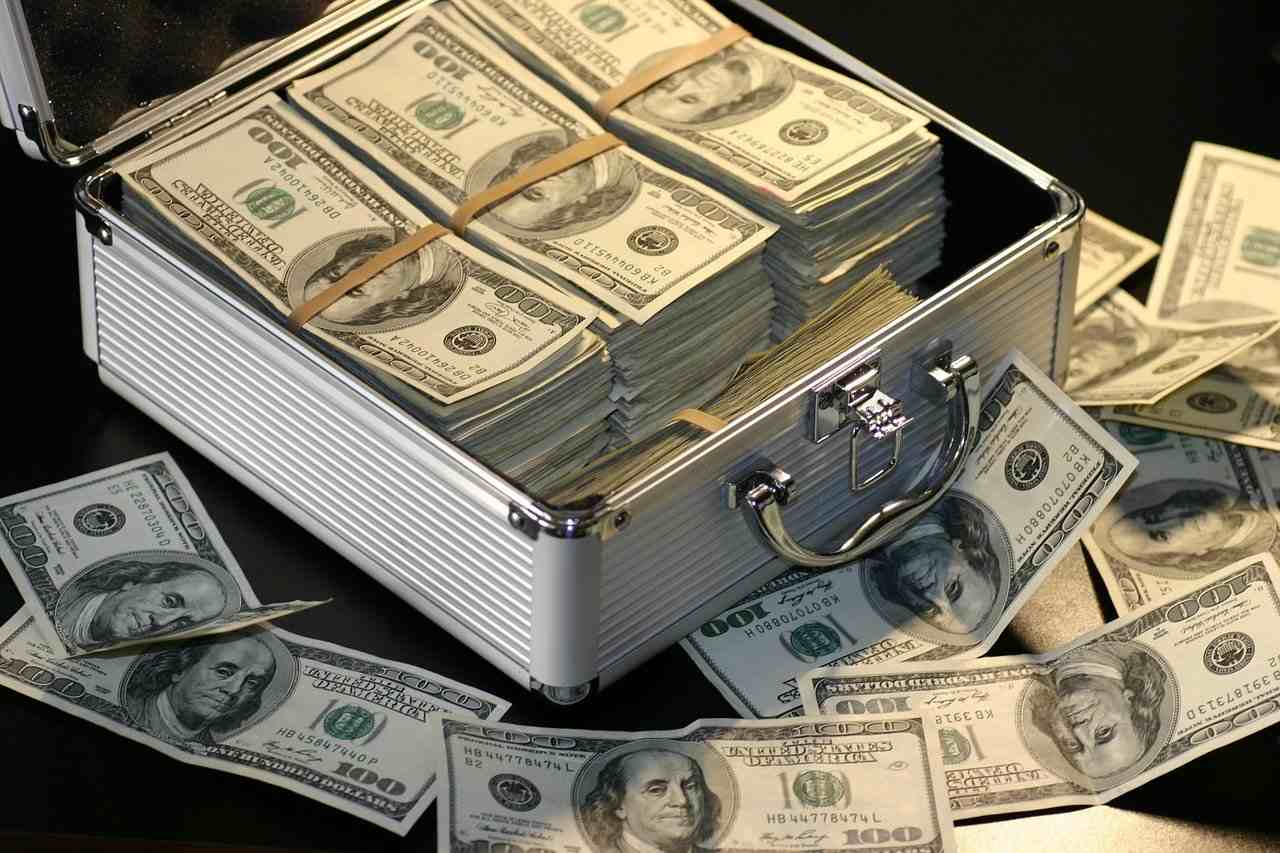
Figure 1.2.4 Two of Denarii. Sea surf. A wave crashes against the cliff.31
.

Figure 1.2.5 Two of Denarii. The wind fills the sails. Interaction between wind and sail. 32
.
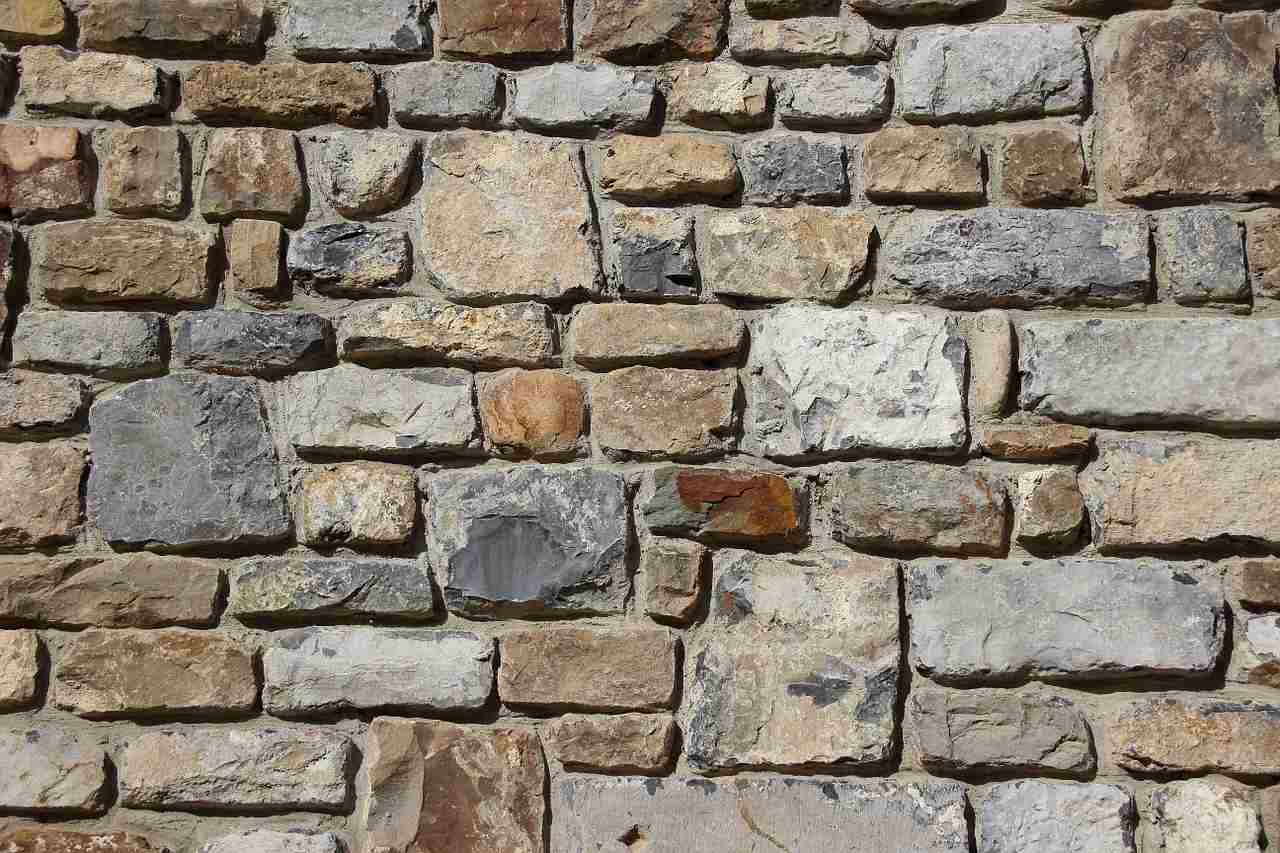
Figure 1.2.6 Two of Denarii. The flame of the burner heats the stove’s grate (or the cookware upon it). The swift molecules of the flame push against and warm the cooler molecules of the grate (or the cookware upon it). If no chemical or structural transformation takes place during this process, it is the Two of Denarii. If chemical and structural transformations occur, it is also the Ten of Pentacles.33
.
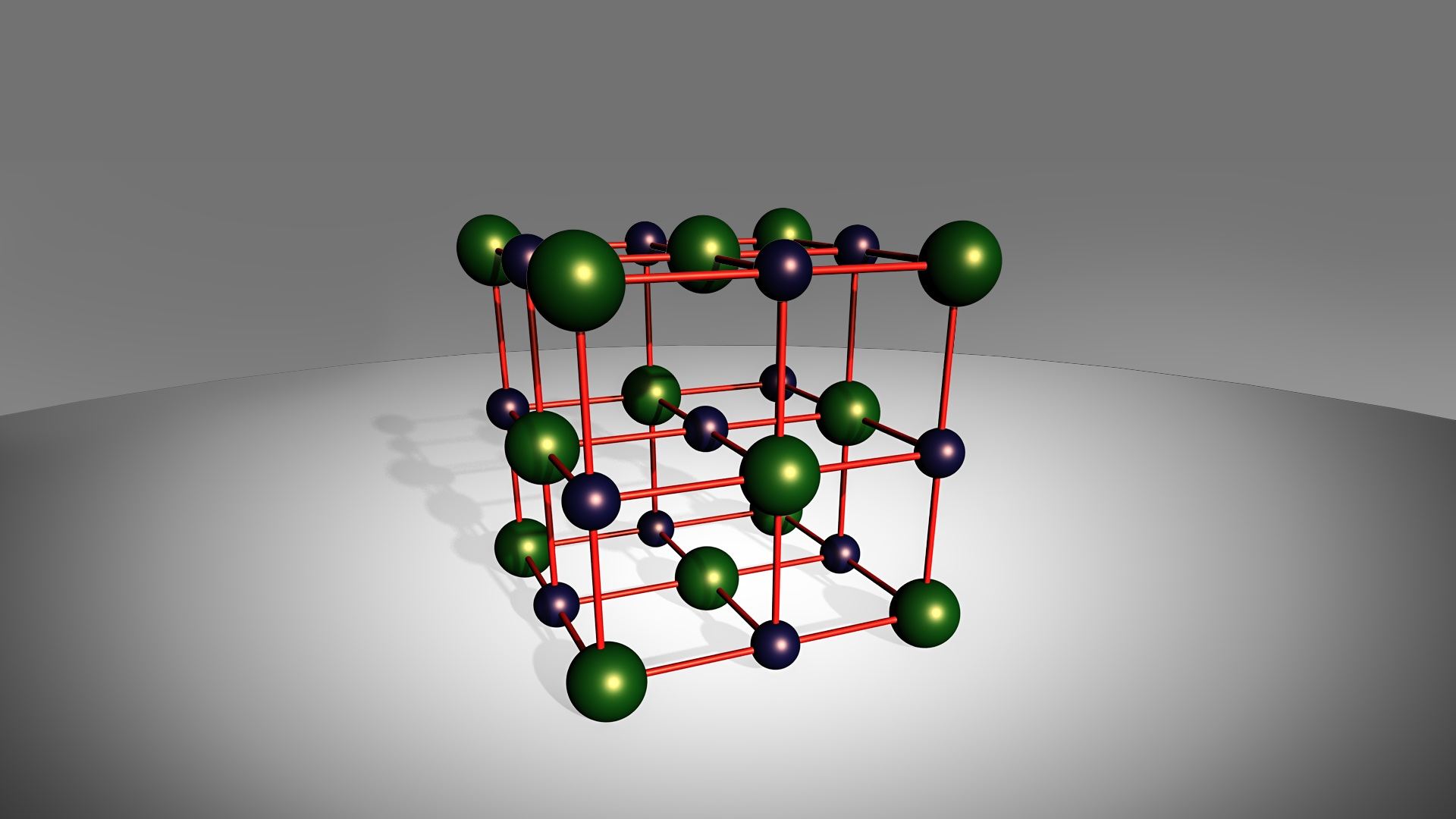
Figure 1.2.7: Two of Denarii. Electric stove. Swift electrons jostle the atoms of the coil, causing it to heat up. If the coil also glows, as in an incandescent bulb, this corresponds to both the Five of Swords and the Ten of Wands.34
.
Attention!
'Pure' colors—such as blue, green, red, or yellow—are a rather elusive and rare phenomenon.
Likewise, 'pure cards' described by only a single set of symbols are, too, quite rare and inherently conditional.
You may refer to the suit or card by its predominance—by a single color or symbol set.
For example, at 80–90%.
The author will present both relatively 'pure' and 'mixed' cards.
.

Figure 1.2.8: Two of Pentacles. Providing change when making a purchase. Exchanging coins.35
.
The distinctive feature of the Two of Denarii is the interaction of Matters (or Finance).
.
Three of Pentacles
.
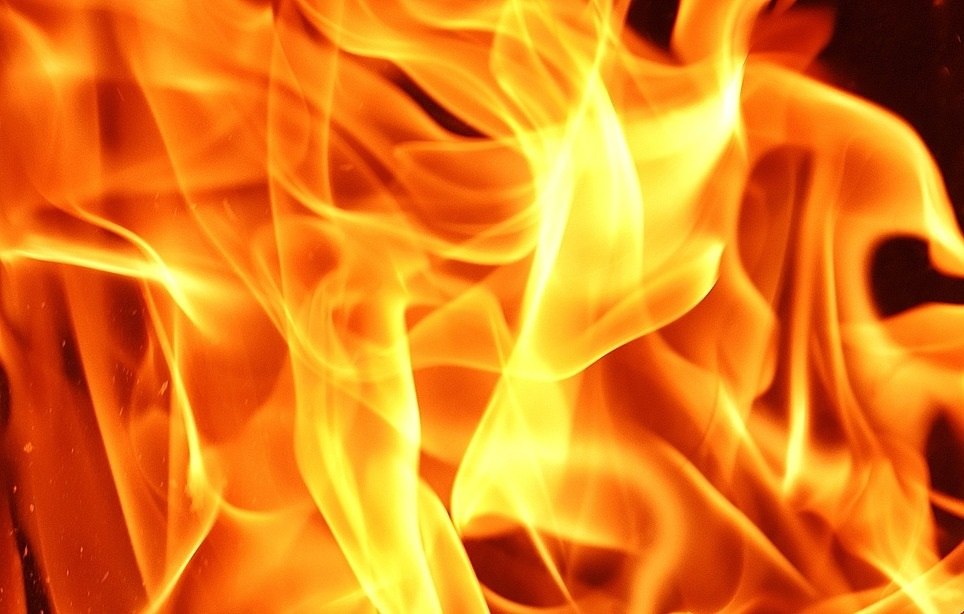
.
At customs.
– Please open your suitcase.
– But I don't have a suitcase!
– That doesn't matter. Order is the same for everyone!
.
The Three, in Kabbalah, signifies system, orderliness, and order.
Thus, the Three of Denarii represents the system or orderliness of Matter or Finance.
For example, it may symbolize the system by which Matter or Finance is organized.
.
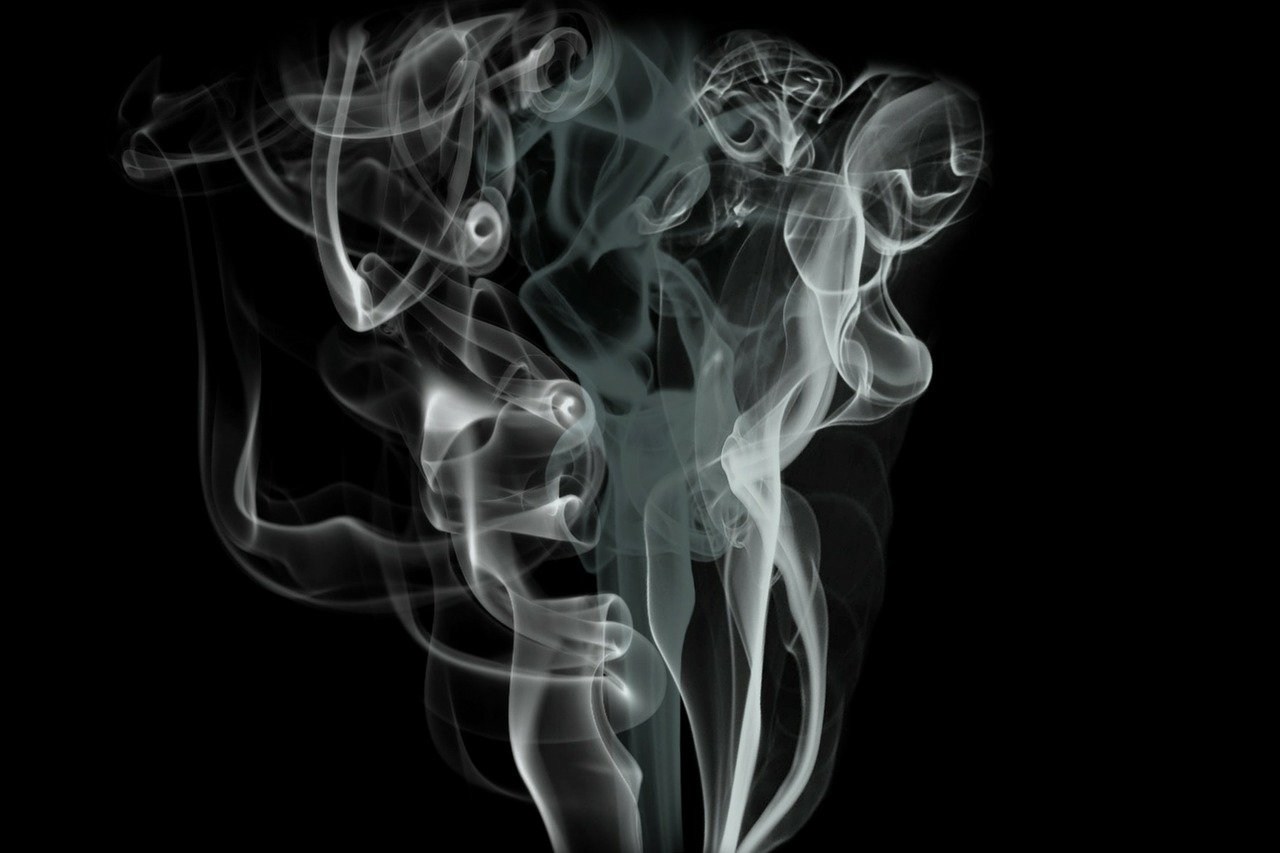
Figure 1.3.1 The Three of Denarii. Ordered Finance – bills gathered into bundles. Lying nearby are disordered bills (the 'reversed' Three of Denarii).36
.
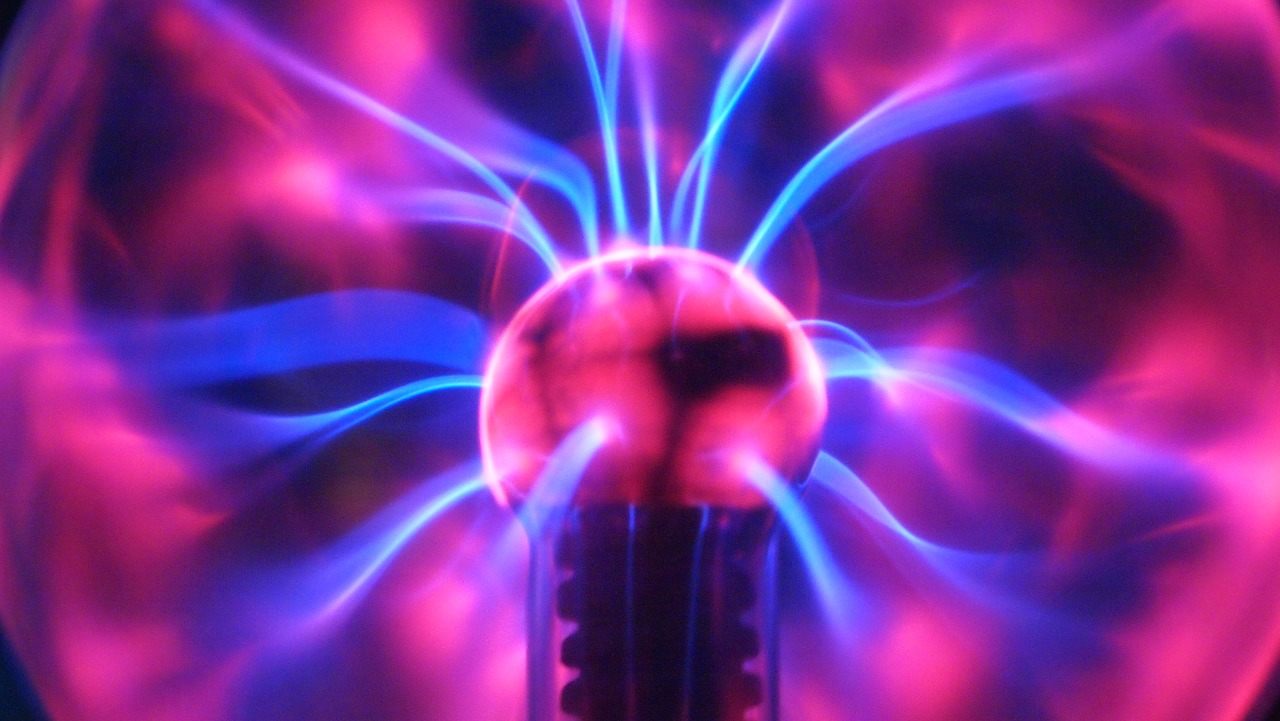
Figure 1.3.2 The Three of Pentacles. Ordered Matter. Cobblestones on the pavement. The stones are arranged according to a specific system.37
.

Figure 1.3.3 The Three of Pentacles. Ordered Matter. The stones are arranged according to an adaptive system. The stone that best fits by size is the one that is set in place. At the very least, in one of the planes, the Matter has been ordered—and this order is preserved. The ‘reversed’ Three of Pentacles, in this case, appears as a heap of stones thrown together at random.38
.

Figure 1.3.4 The Three of Pentacles. An atomic or crystalline lattice. Thus, all solid physical substances and materials are, in this sense, embodied by the Three of Pentacles.39
.
Attention!
An ordered structure may be regarded as one that remains unchanged over time, in which every ‘ordinal’ position corresponds to a particular atom of the substance.
Accordingly, liquids, gaseous substances, and plasma are not, from this perspective, considered ordered.
From the perspective of the Tarot, they are symbolized by the 'reversed' Three of Denarii. While there is still a system of sorts present, it is chaotic. In other words, it stands in opposition to orderliness.
Liquids and gases, at the atomic level, become ordered under the influence of low temperatures.
With a certain drop in temperature, both liquids and gases freeze and assume a crystalline structure.
However, it should be remembered that any substance can transition into liquid, solid, gaseous state, or plasma. This is achieved by heating or cooling the substance to a specific temperature.4041
.
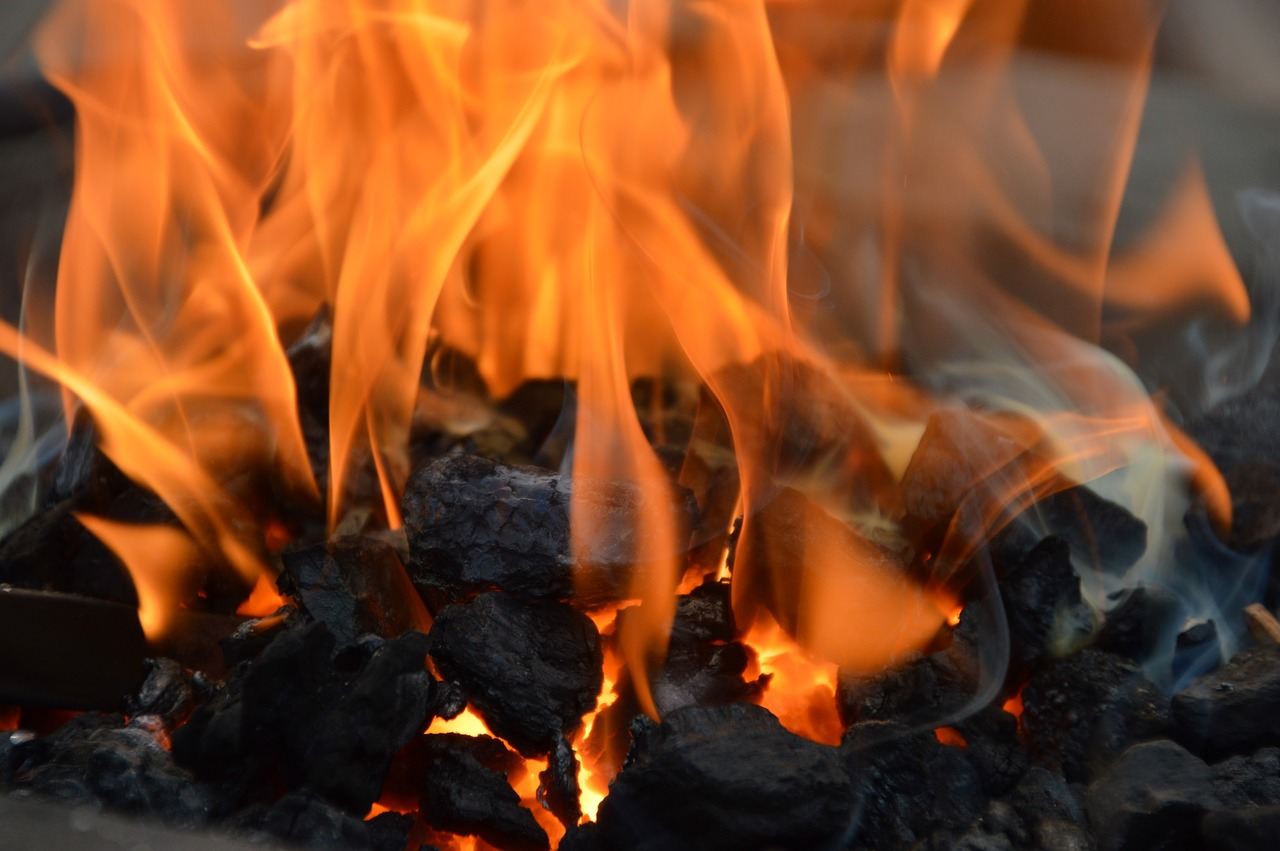
Figure 1.3.5. 'Reversed' Three of Denarii. Water. Any liquid. Disordered Matter. Frozen water, accordingly—the 'Upright' Three of Denarii.42
.
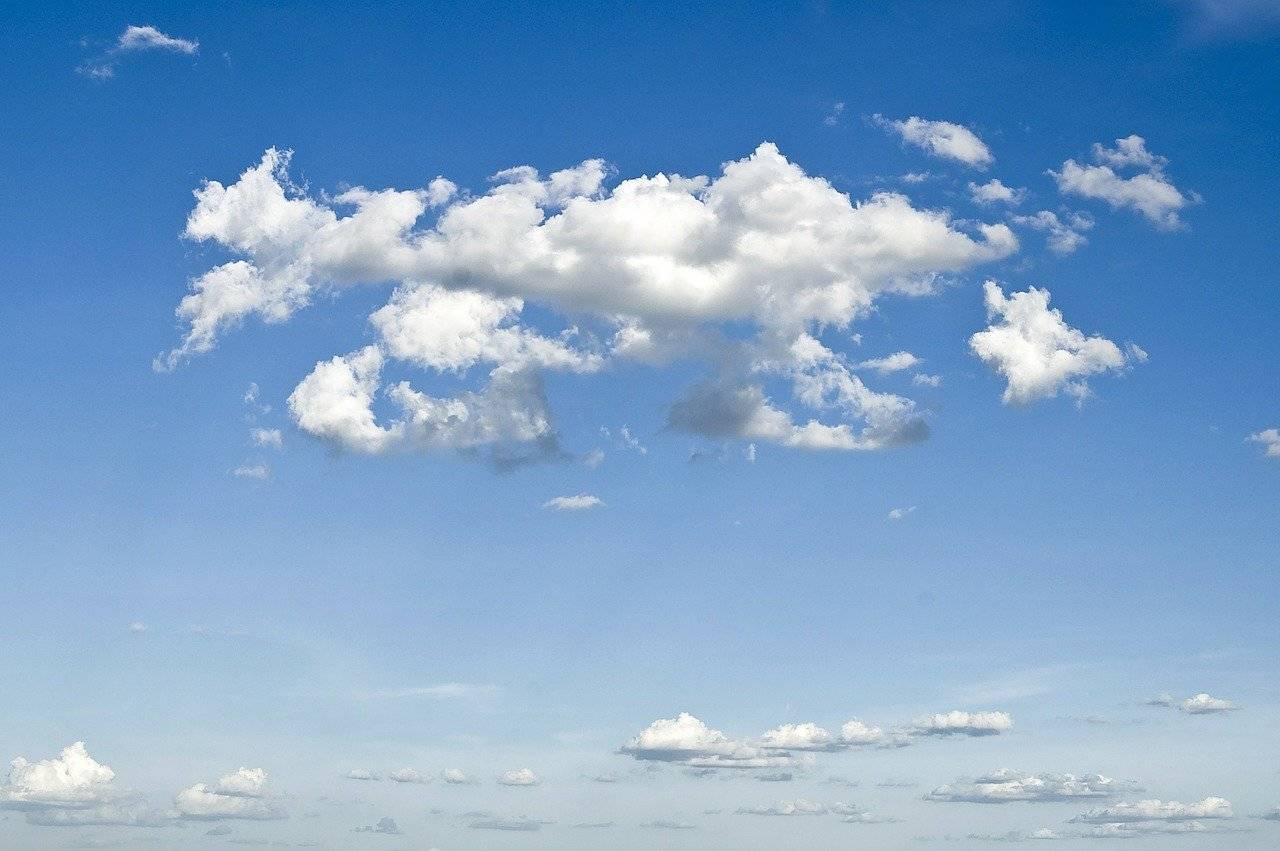
Figure 1.3.6. 'Reversed' Three of Denarii. Flame. Any ignition. Unordered Matter.43
.
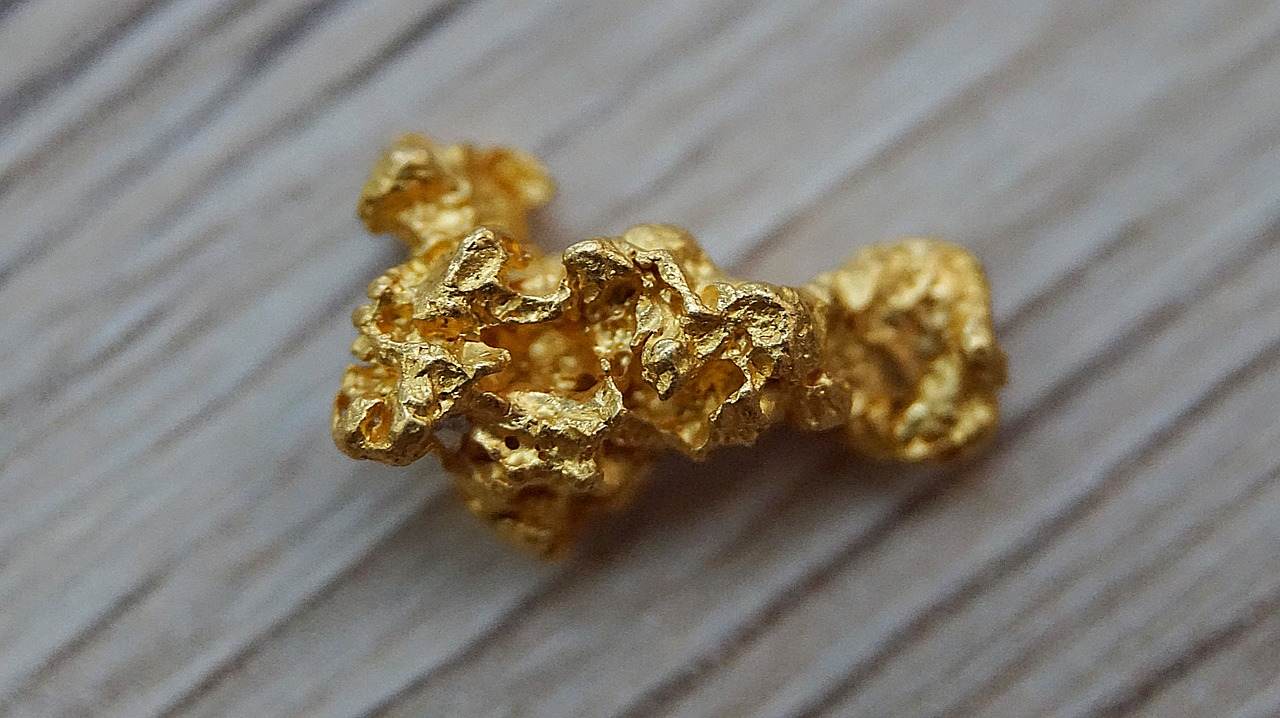
Figure 1.3.7. The 'Reversed' Three of Denarii: Smoke, Vapor, Aerosols. All gases and gas mixtures. Including ordinary air. Unordered Matter.44
.
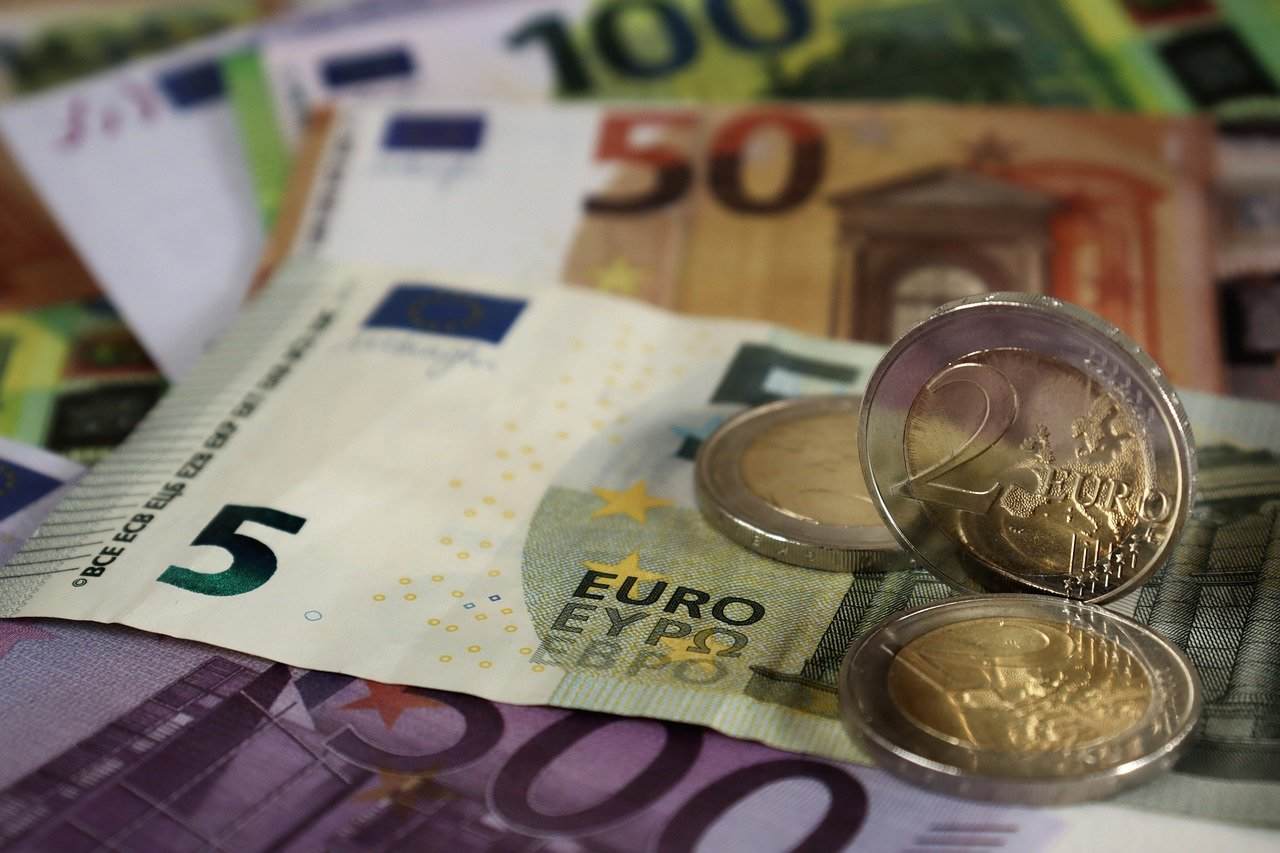
Figure 1.3.8. The 'Reversed' Three of Denarii: Plasma. Unordered Matter.45
.
Amorphous substances hold a special place within this classification.46
For example: glass, marble, paraffin, polyethylene, and so on.
Their atomic structure bears features of both liquids and solids.
That is why glass or marble itself slowly 'flows,' gradually losing its original shape.
Yet the speed of these processes is so infinitesimal (a marble beam, under strain, may 'flow' only millimeters over millennia) that, to the human eye, they might as well be unchanging.
In other words, 'direct' Threes of Denarii.
Though this is not entirely so.
.
The defining characteristic of the Three of Denarii is the orderliness of Matters (or Finance).
.
Four of Pentacles
.

.
Human: I am the King of Nature!
Nature: Well, a 'king' you are. Here, accept the crown.
.
The four in Kabbalah—nature, naturalness, the simple form.
Let us recall: Denarii—the Element of Earth—encompasses all things connected to Matters or Finance.
That which can be truly touched, felt, as Matter.
Or the Financial aspect of Being.
Thus, the Four of Denarii represents the 'simple,' natural form of Matter.
Or the simple form of Finance.
For example, a stone or a coin.
.
Attention!
A ‘simple’ form is an undivided form, one that does not consist of a multitude of other forms.
A ‘complex’ form is one that, without the destruction of its constituent elements, can be taken apart and reassembled, like a construction set. A ‘complex’ form is most often referred to as a ‘construction.’
.
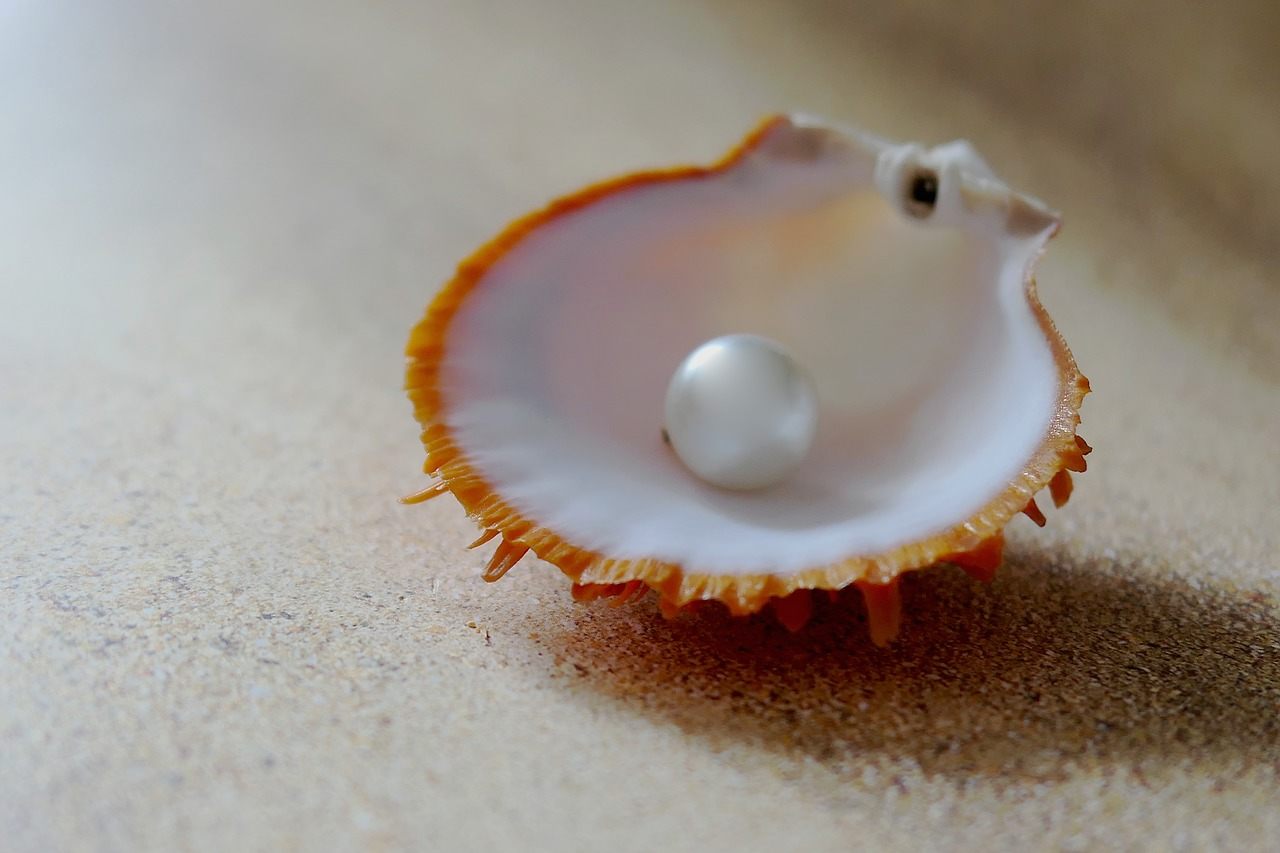
Figure 1.4.1. Four of Pentacles. A simple, natural form of Matter. An ordinary stone, a cobblestone. Generally, it does not possess a ‘proper’ form.47
.
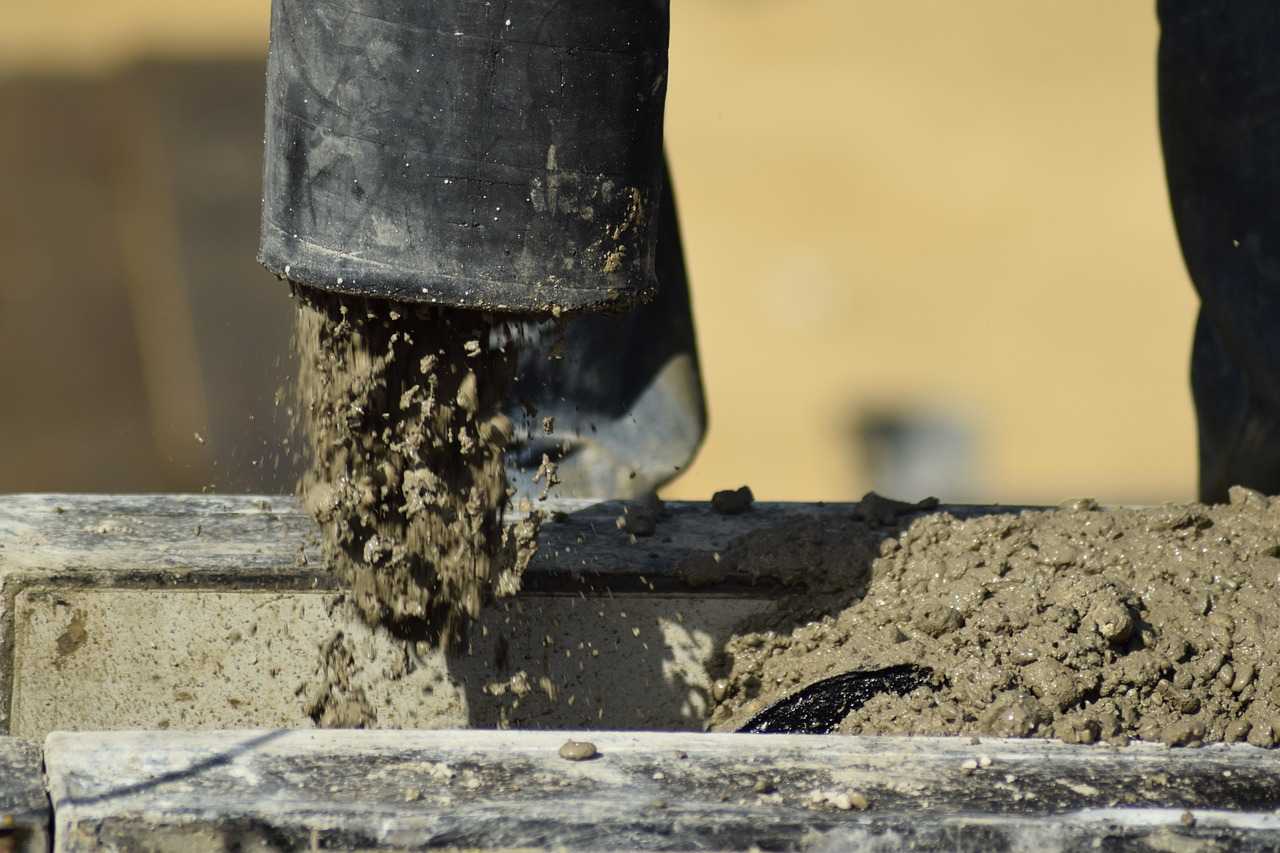
Figure 1.4.2. Four of Pentacles. A simple, natural form of Matter—an ordinary puddle. Typically, it possesses no 'proper' shape.48
.

Figure 1.4.3: Four of Denarii. A simple, natural form of Matter. A coal within the fire, a flicker of flame.49
.
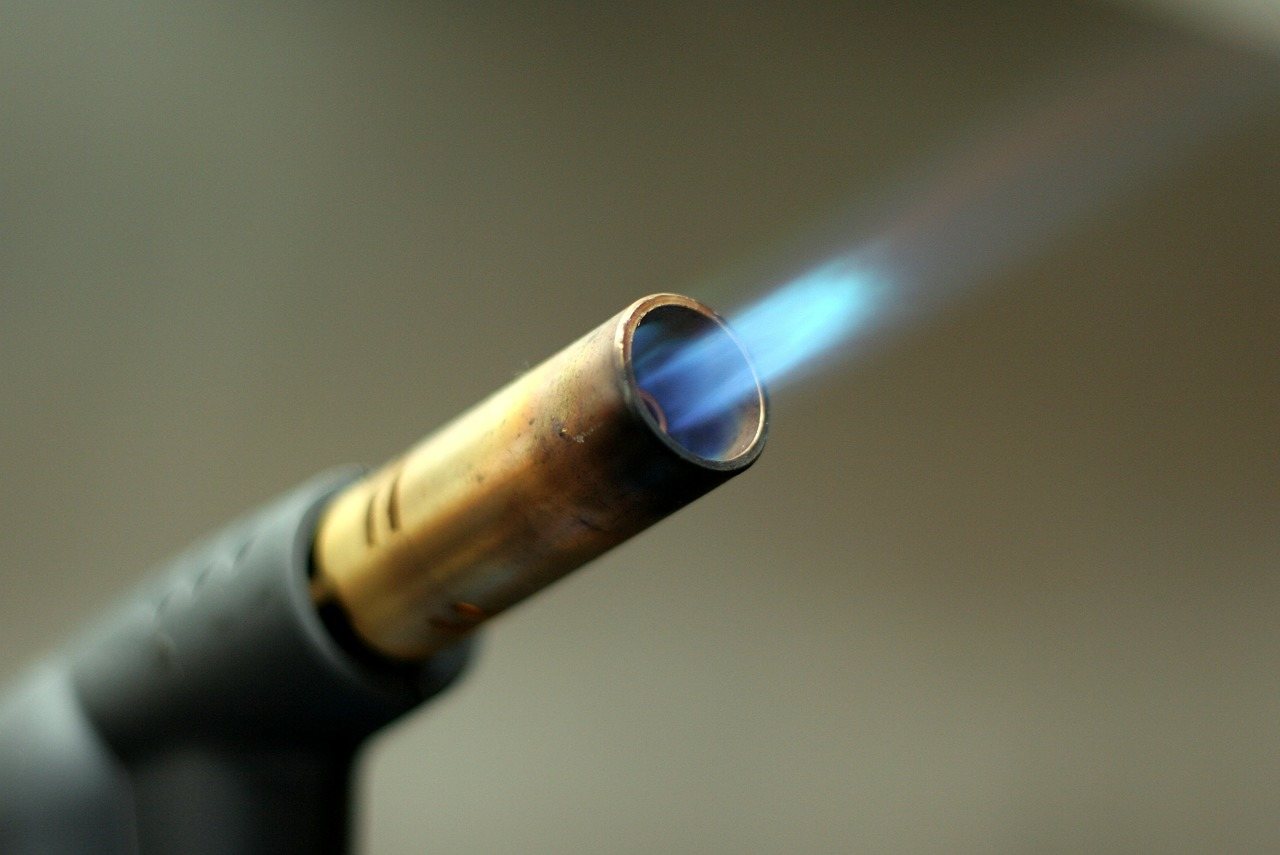
Figure 1.4.4: Four of Denarii. A simple, natural form of Matter—a cloud.50
.

Figure 1.4.5: Four of Denarii. A simple, natural form of Matter—a gold nugget.51
.

Figure 1.4.6: Four of Denarii. A simple form of Finance—coin, banknote.
Setting aside its religious, philosophical, or symbolic significance; its financial, artistic, historical, or collectible value, or the quality of its execution.52
.

Figure 1.4.7 Four of Pentacles. The simple form of Finance. The most elementary, 'simple' form of electronic or virtual finance. For example, Bitcoin.53
.
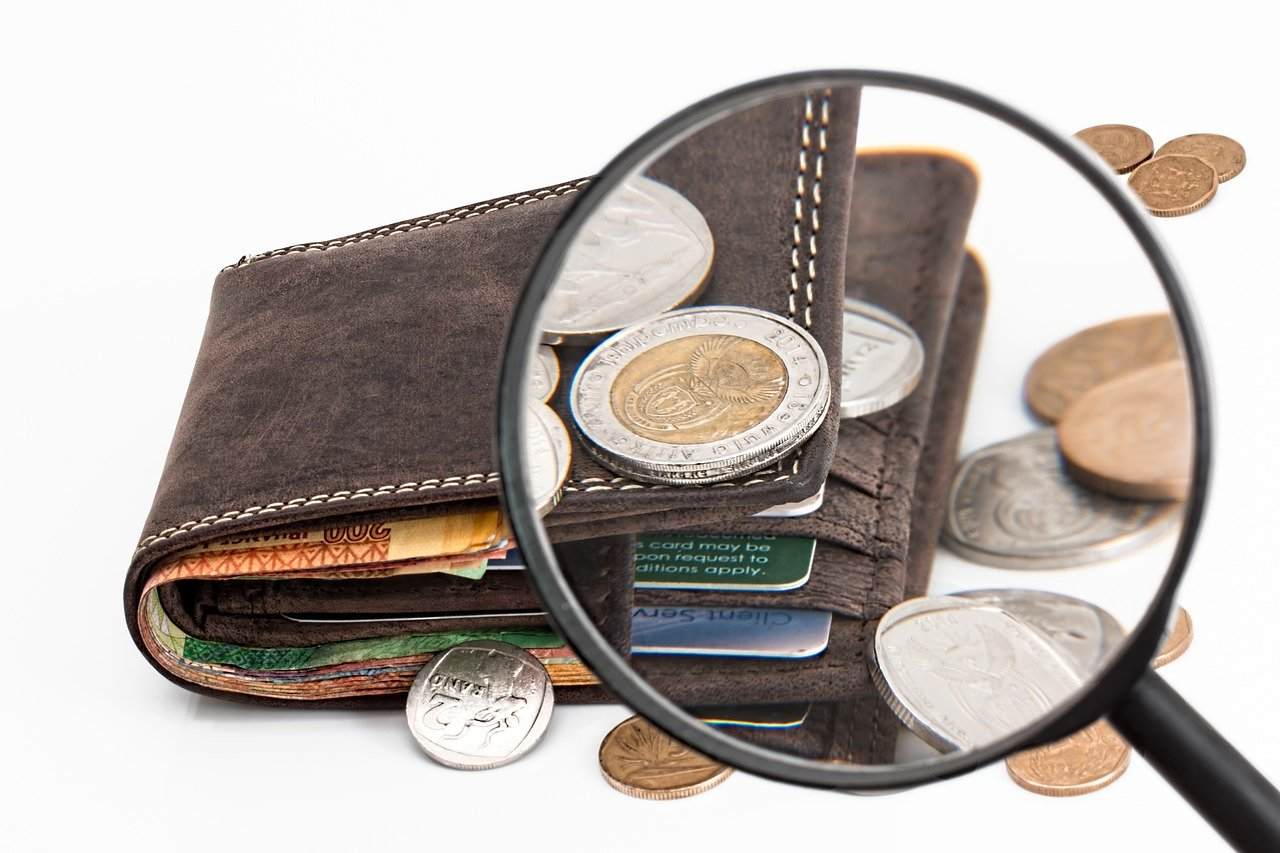
Figure 1.4.8 Four of Pentacles. The simple form of Matters and Finance. A 'simple' natural gem. For example: a pearl, a diamond, a ruby, a sapphire, and the like.
Setting aside its religious, philosophical, or symbolic significance; its financial, artistic, historical, or collectible value, or the quality of its execution.54
.
The distinctive feature of the Four of Denarii is its simple form of Matter (or Finance).
.
Five of Pentacles
.
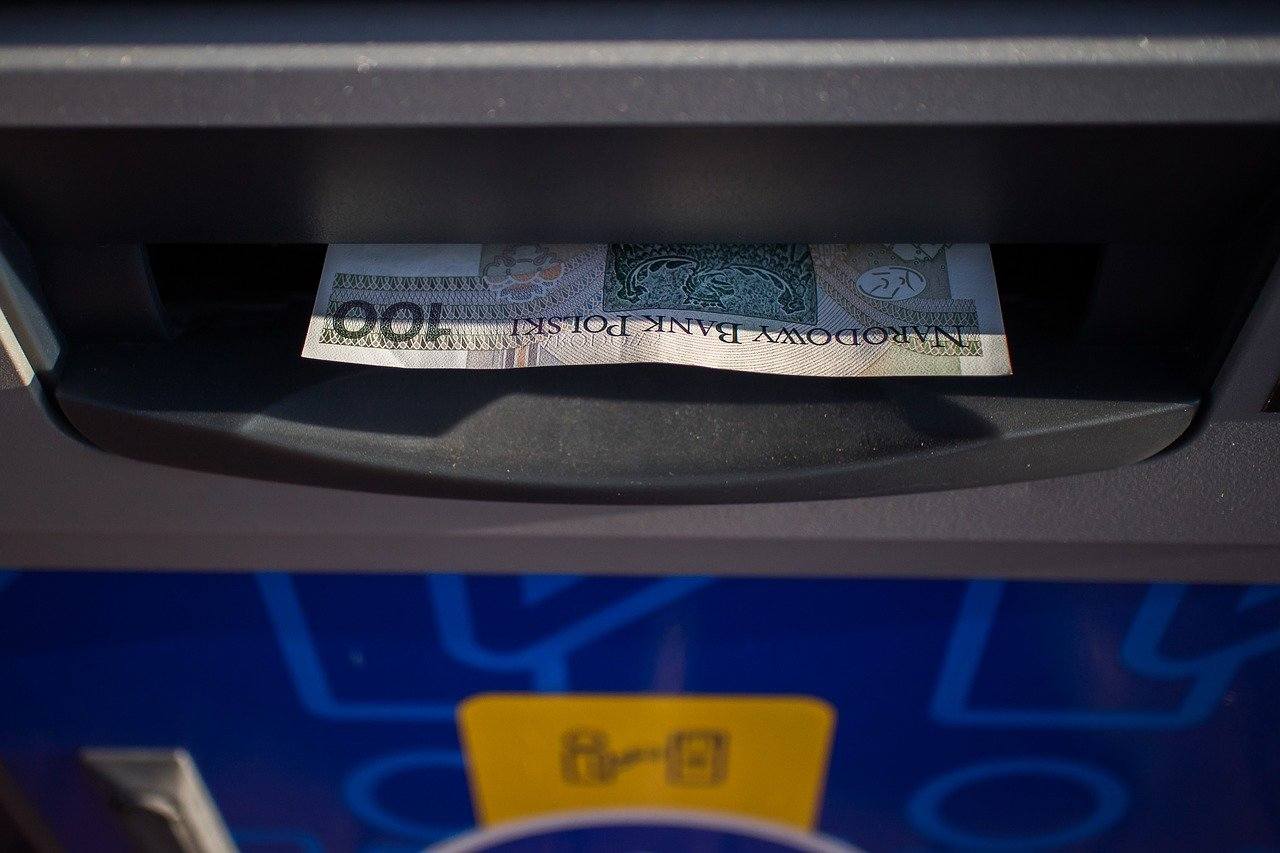
.
A bagel acquired for free, in terms of flavor, rivals a croissant.
.
The Five, in Kabbalah, is a door, a gate, a portal, a storage, a source.
Thus, the Five of Denarii is a storage or a source of Matter or Finance.
For instance, it can symbolize a place where Matter or Finance is kept, in one form or another. And from where they are periodically or continually cast outward.
.
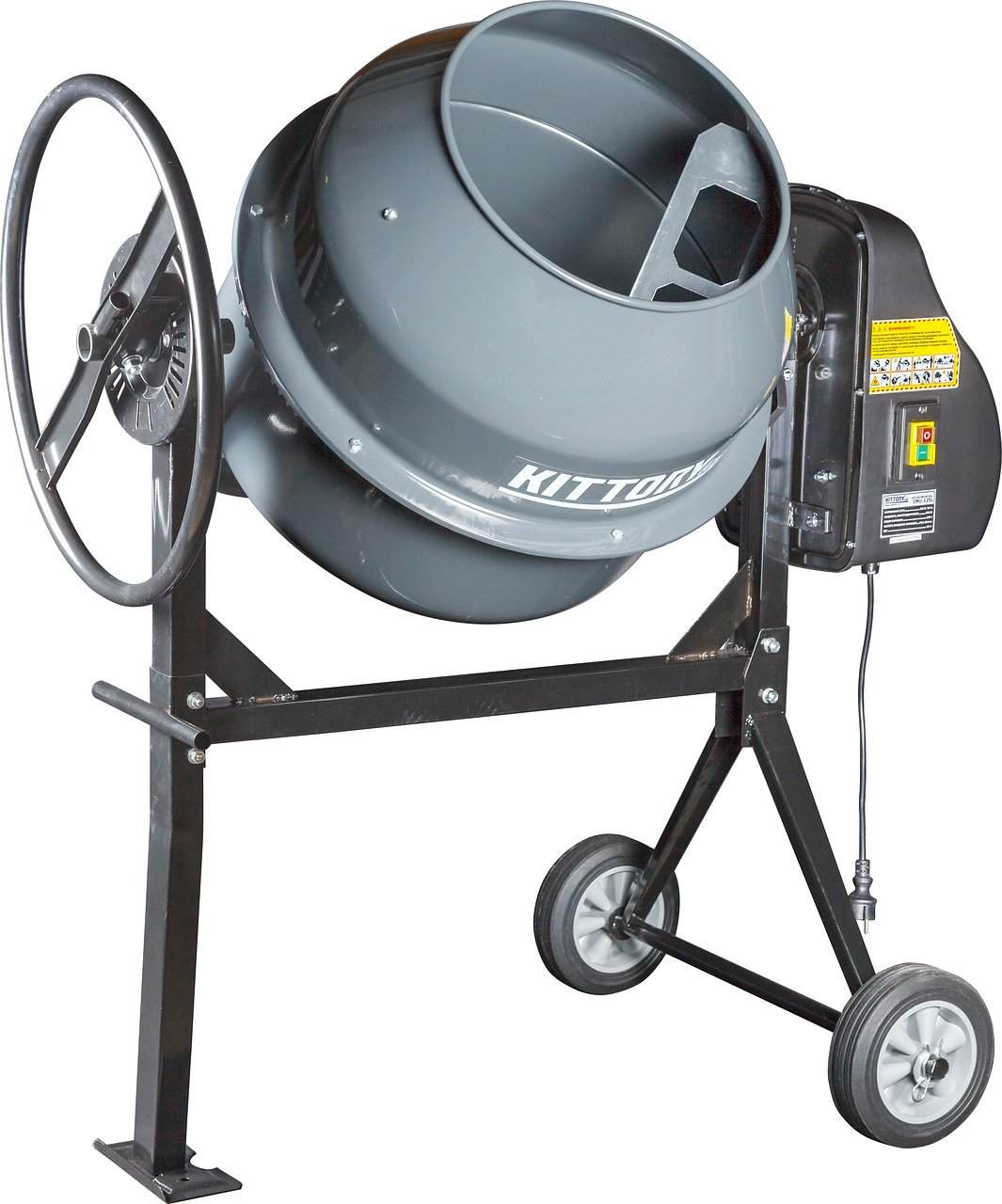
Figure 1.5.1 Five of Denarii. Source of Matter. Pouring concrete at a construction site.55
.
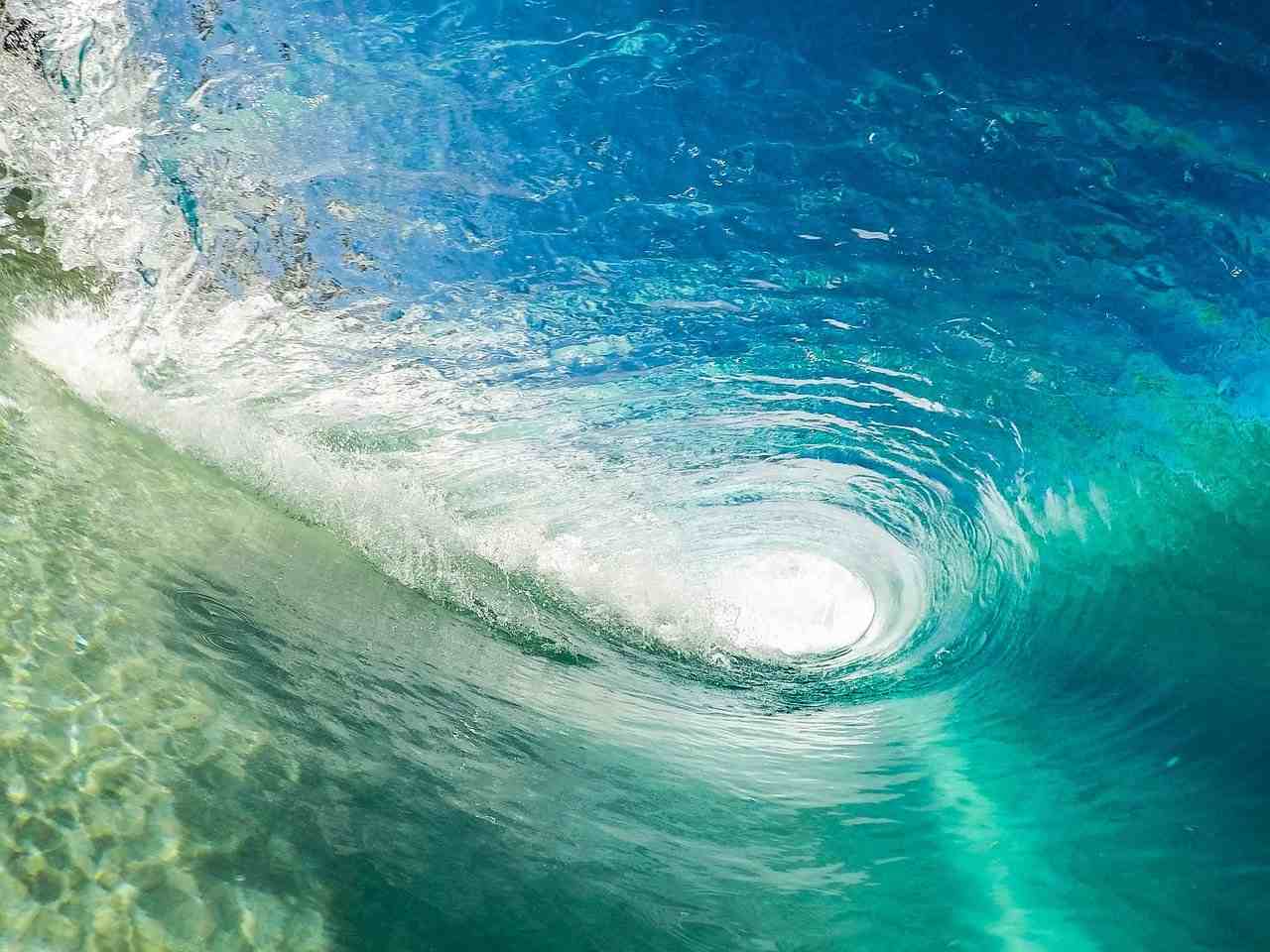
Figure 1.5.2 Five of Denarii. Storage and Source of Matter. Fountain, spring, well, pool.56
.

Figure 1.5.3 Five of Denarii. Source of Matter. Burner.57
.
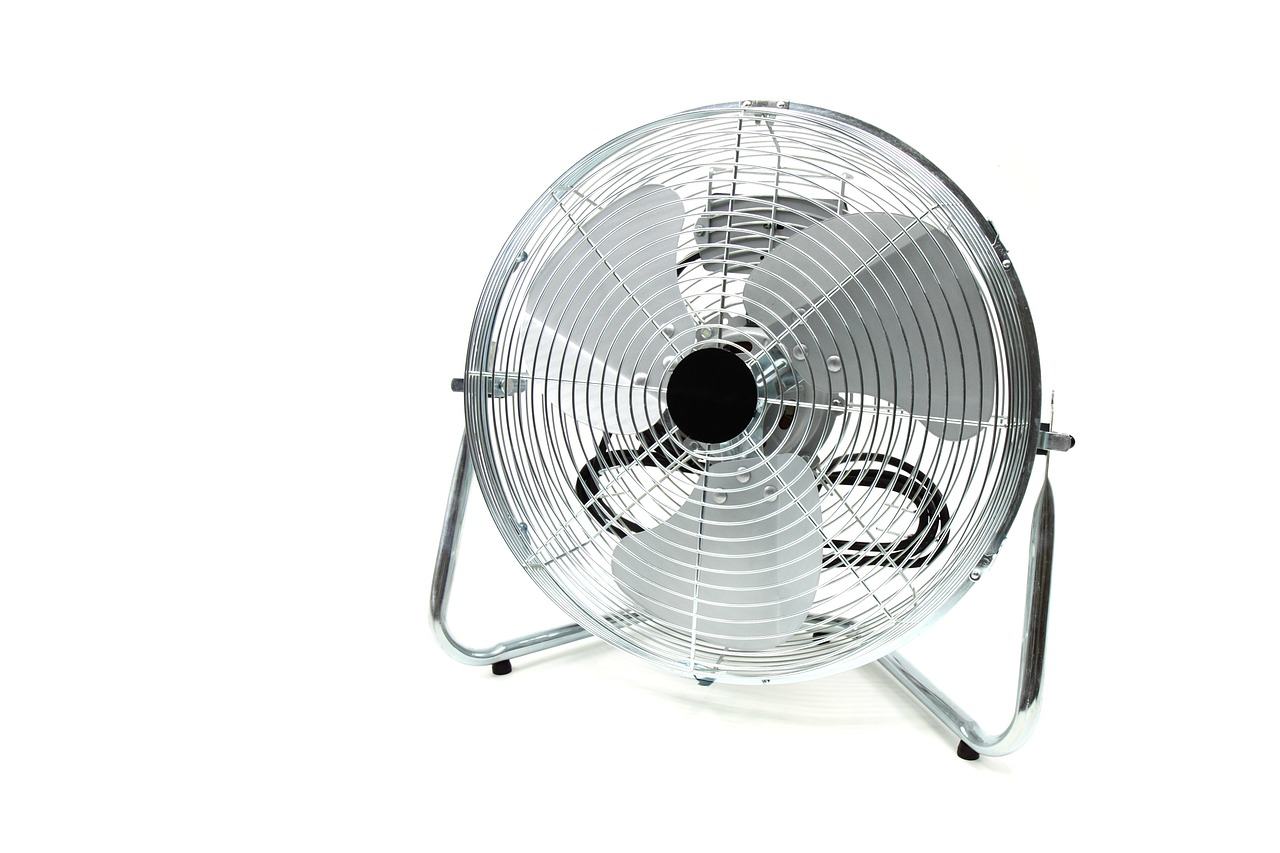
Figure 1.5.4 Five of Denarii. Storage of Matter. Balloon.58
.
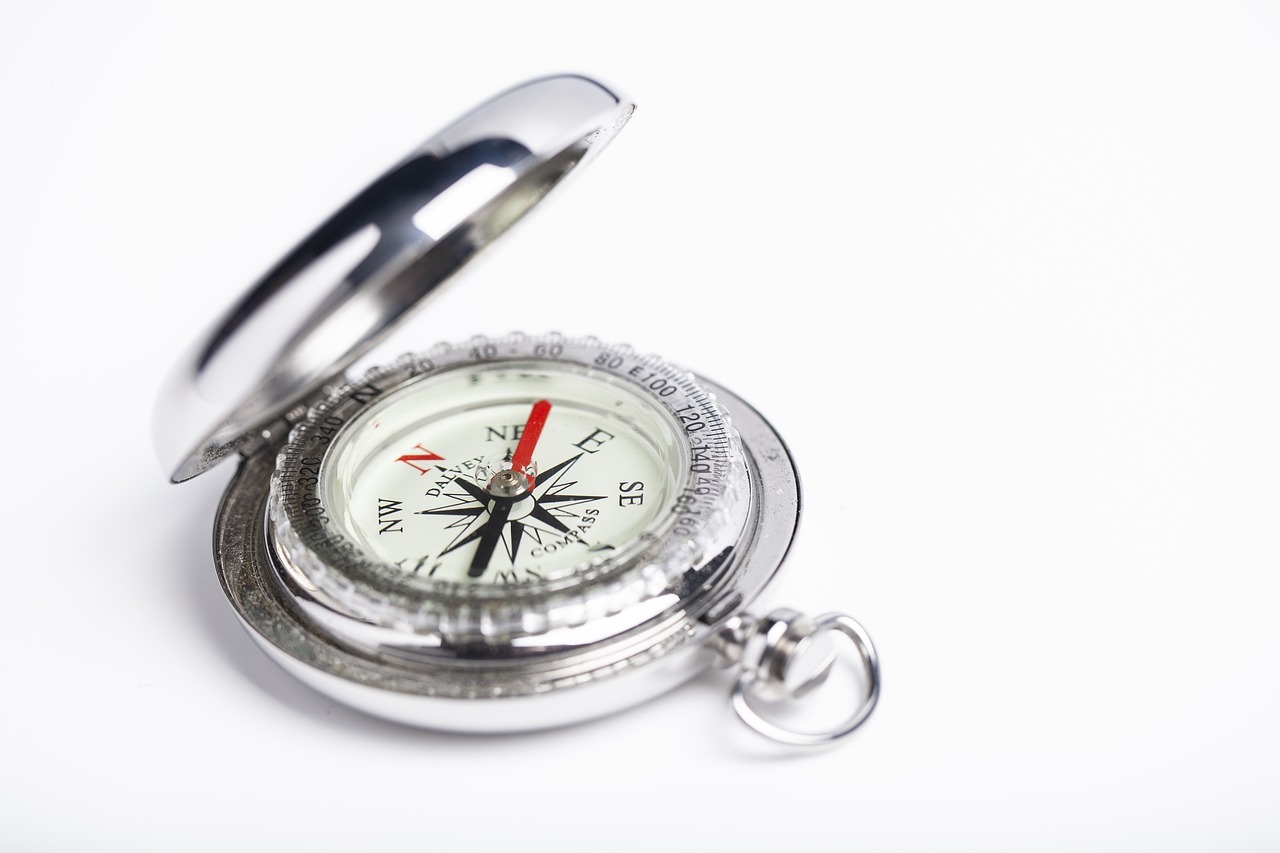
Figure 1.5.5 Five of Denarii. Source of Matter Storage. An ammunition shop.59
.

Figure 1.5.6 Five of Denarii. Storage or Source of Matter: a feeder, a refrigerator.60
.

Figure 1.5.7 Five of Denarii. Storage and Source of Finance. A wallet, a coin purse, a bank vault.61
.

Figure 1.5.8 Five of Denarii. Storage or Source of Finance: an ATM, a cash withdrawal.62
.
The defining characteristic of the Five of Denarii is that it serves as a storage or, alternately, as a Source of Matter—or Finance.
.
Six of Denarii
.

.
Business is the art of drawing money from another person’s pocket without resorting to force.
.
Six, in Kabbalah, represents system (3) plus system (3). That is: exchange, interpenetration, cyclical movement, and the interaction of systems.
Thus, the Six of Denarii signifies exchange, interpenetration, diffusion, and the cyclical flow of Matters or Finance.63
For instance, it may symbolize the mingling of Matters or Finance in one form or another.
.

Figure 1.6.1: Six of Denarii. Exchange, interpenetration, the cycle of Matters. Concrete mixer. Powder mixer.64
.

Figure 1.6.2: Six of Denarii. Whirlpool. Wave. Centrifugal pump.65
.
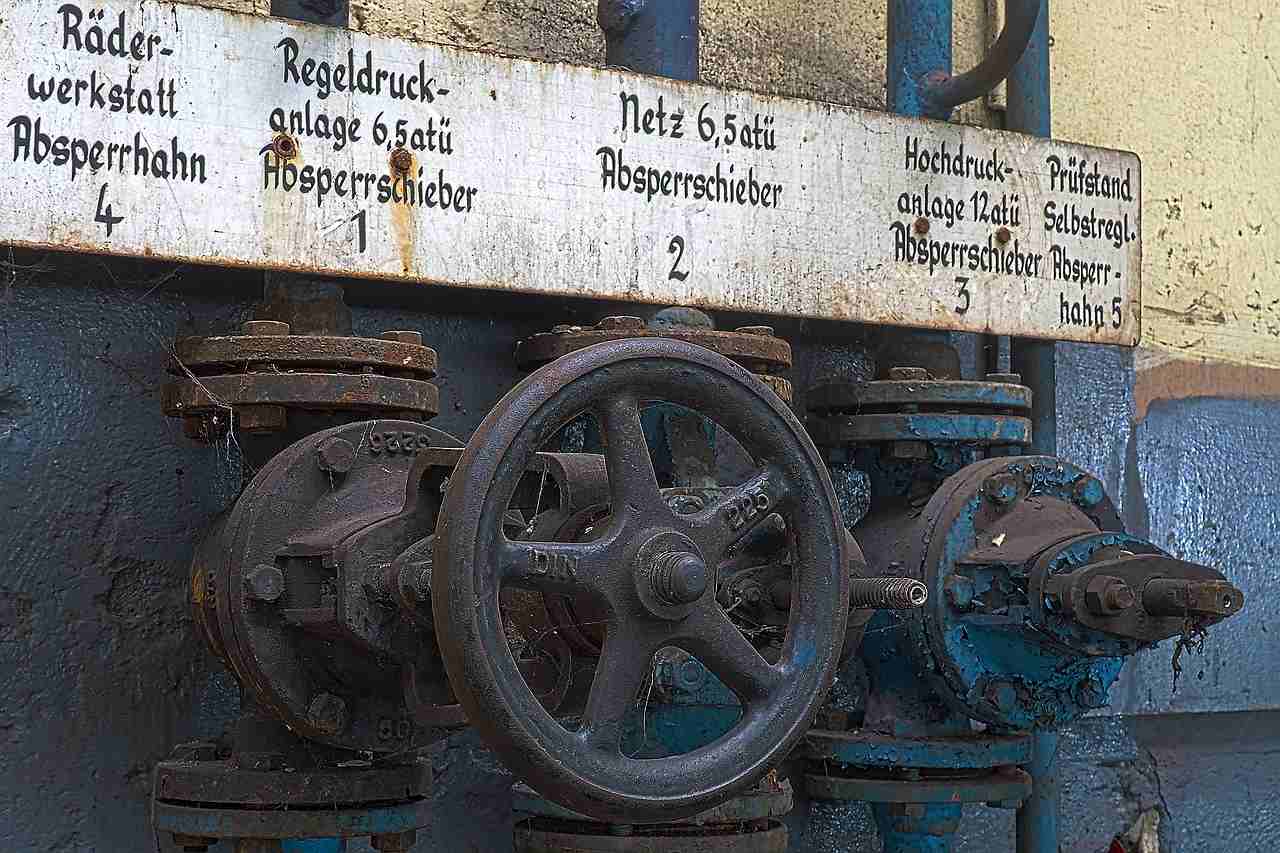
Figure 1.6.3: Six of Denarii. Turbojet engine. Injector in an internal combustion engine.6667
.
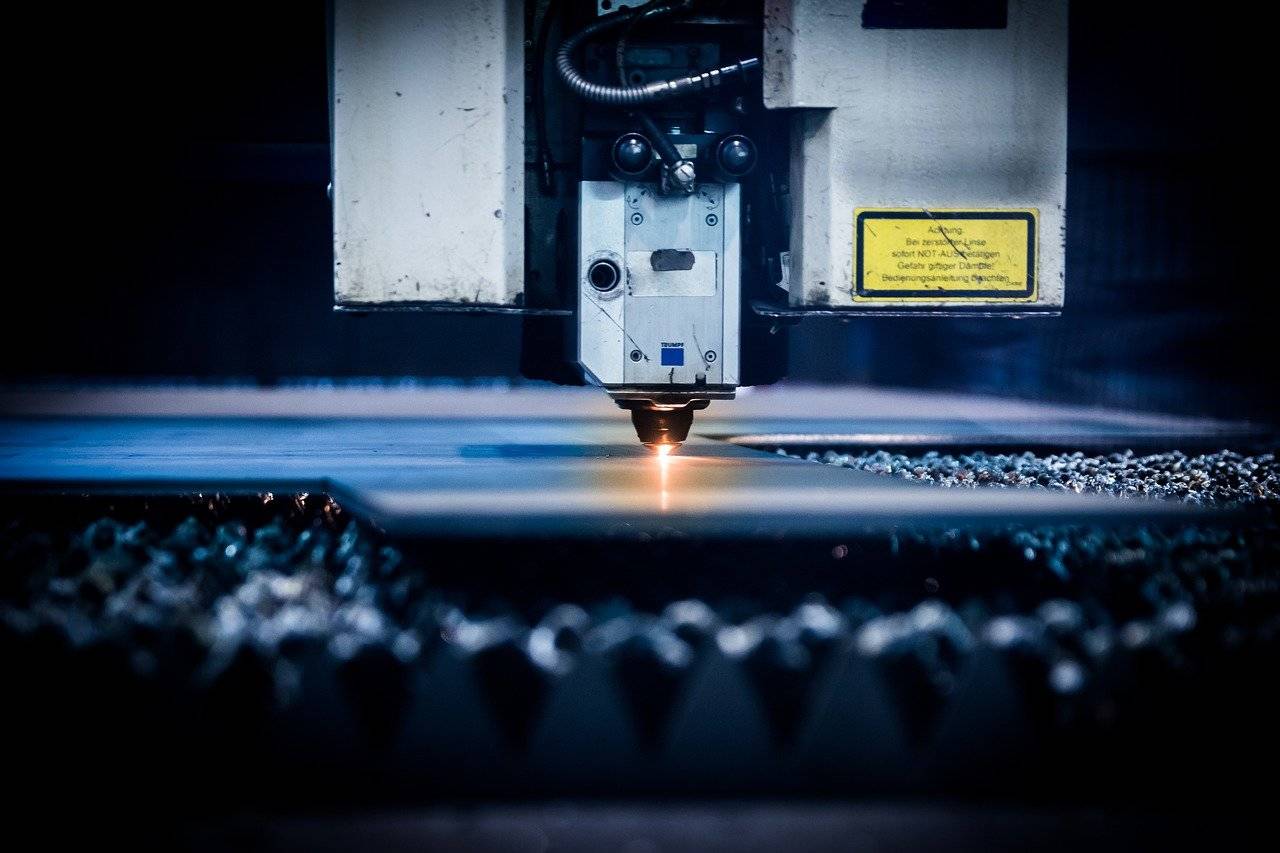
Figure 1.6.4. Six of Denarii: Fan. Breeze. The blending of gases.68
.

Figure 1.6.5. Six of Denarii: Earth's magnetic field. Compass. The magnetic field sets the compass needle in motion.69
.
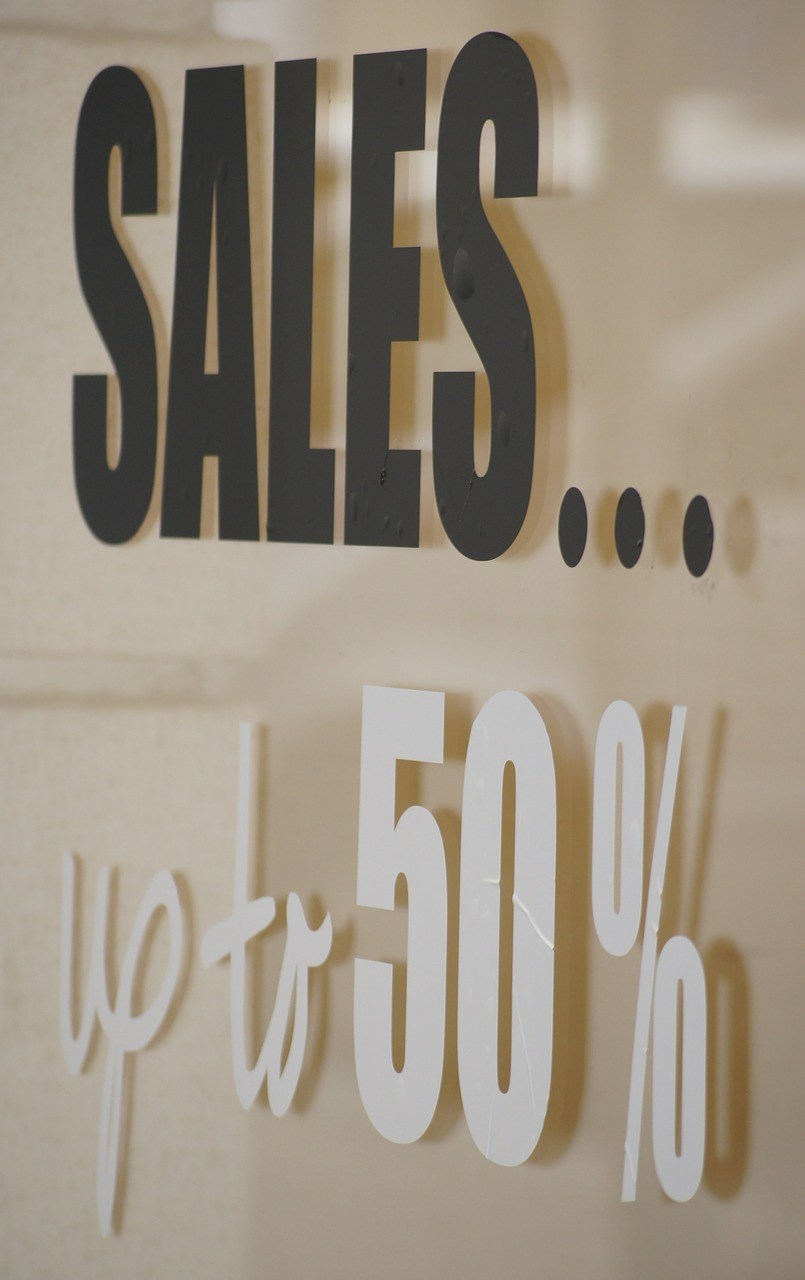
Figure 1.6.6. Six of Denarii: Merchant. Store. Market. Commerce.70



